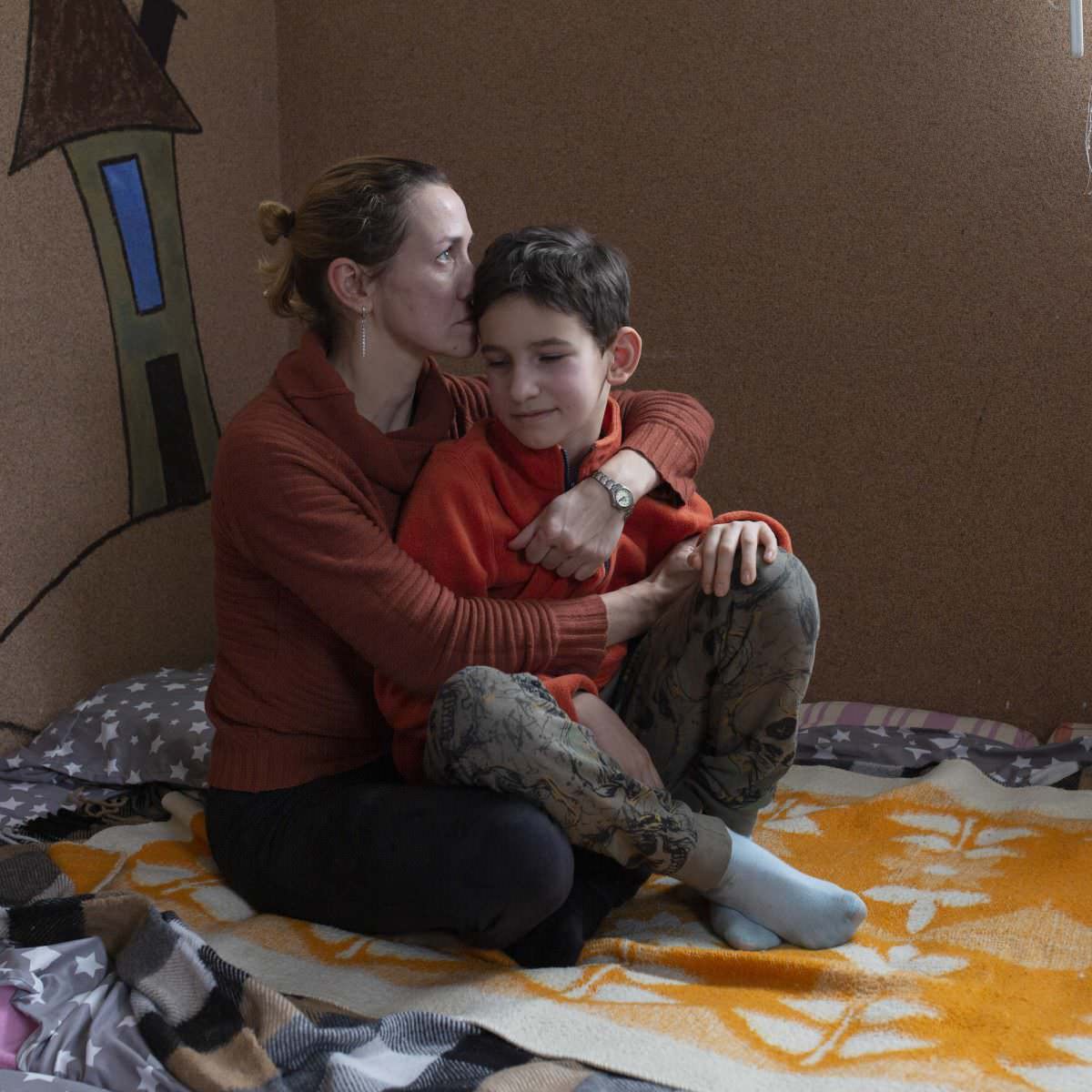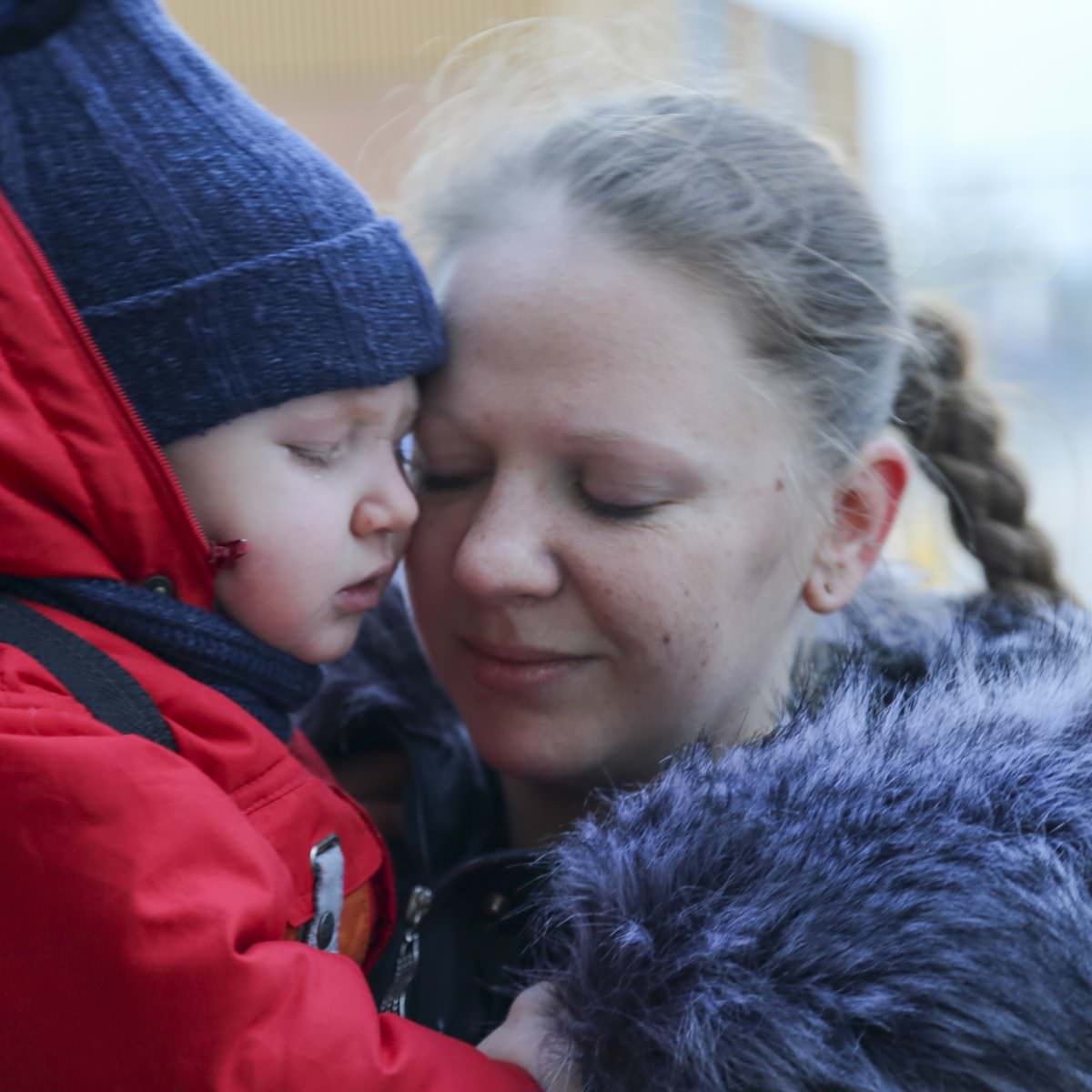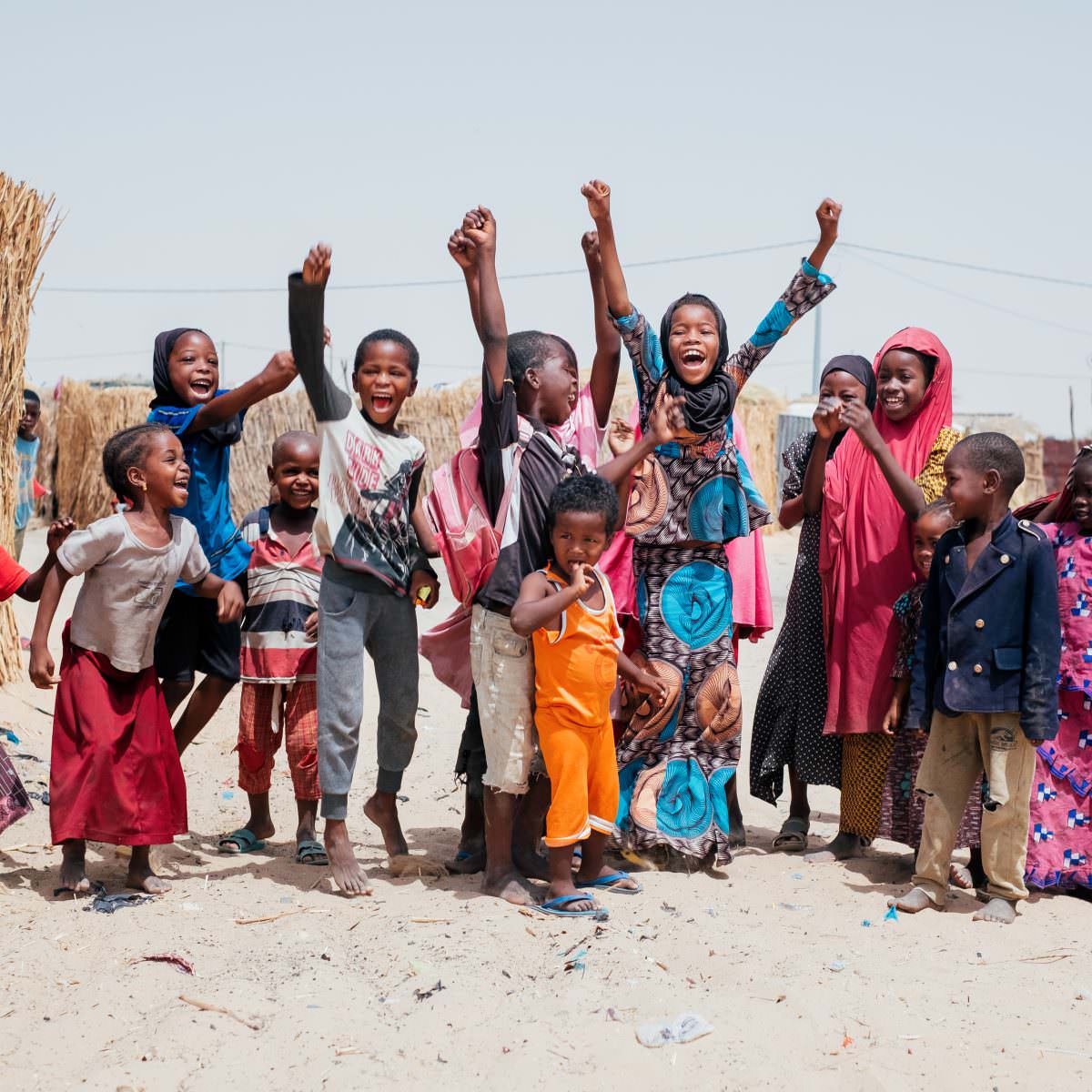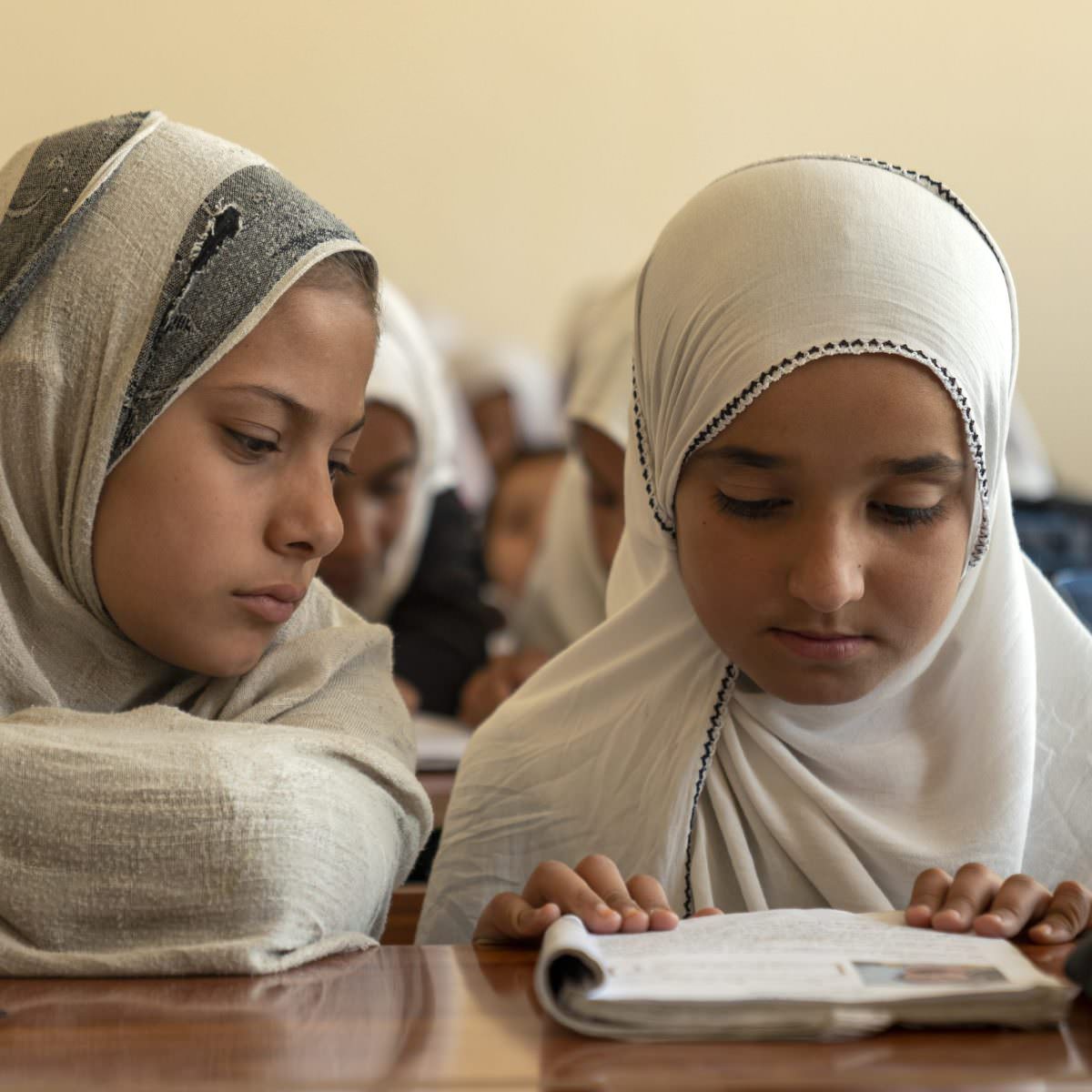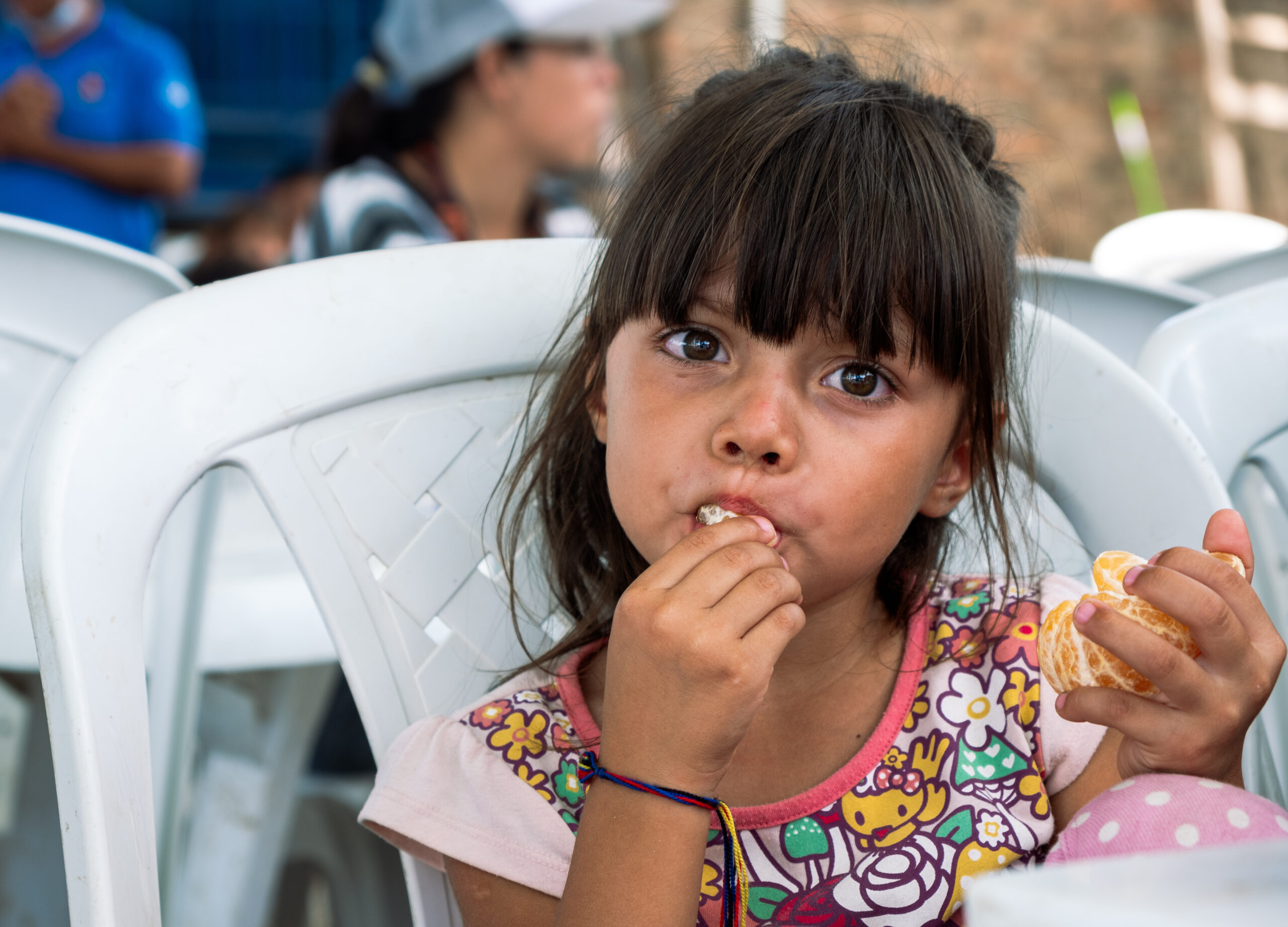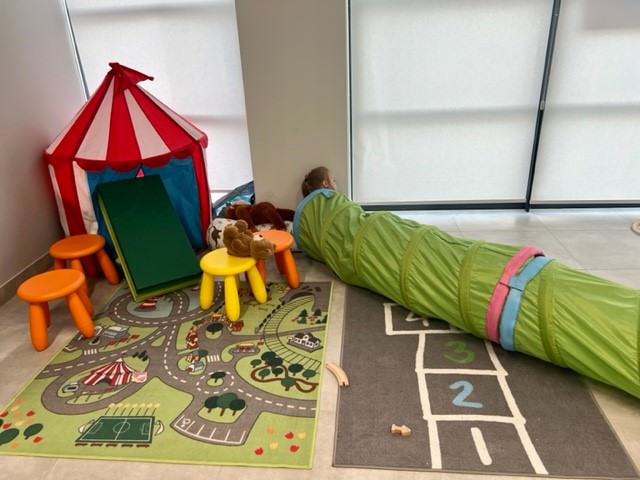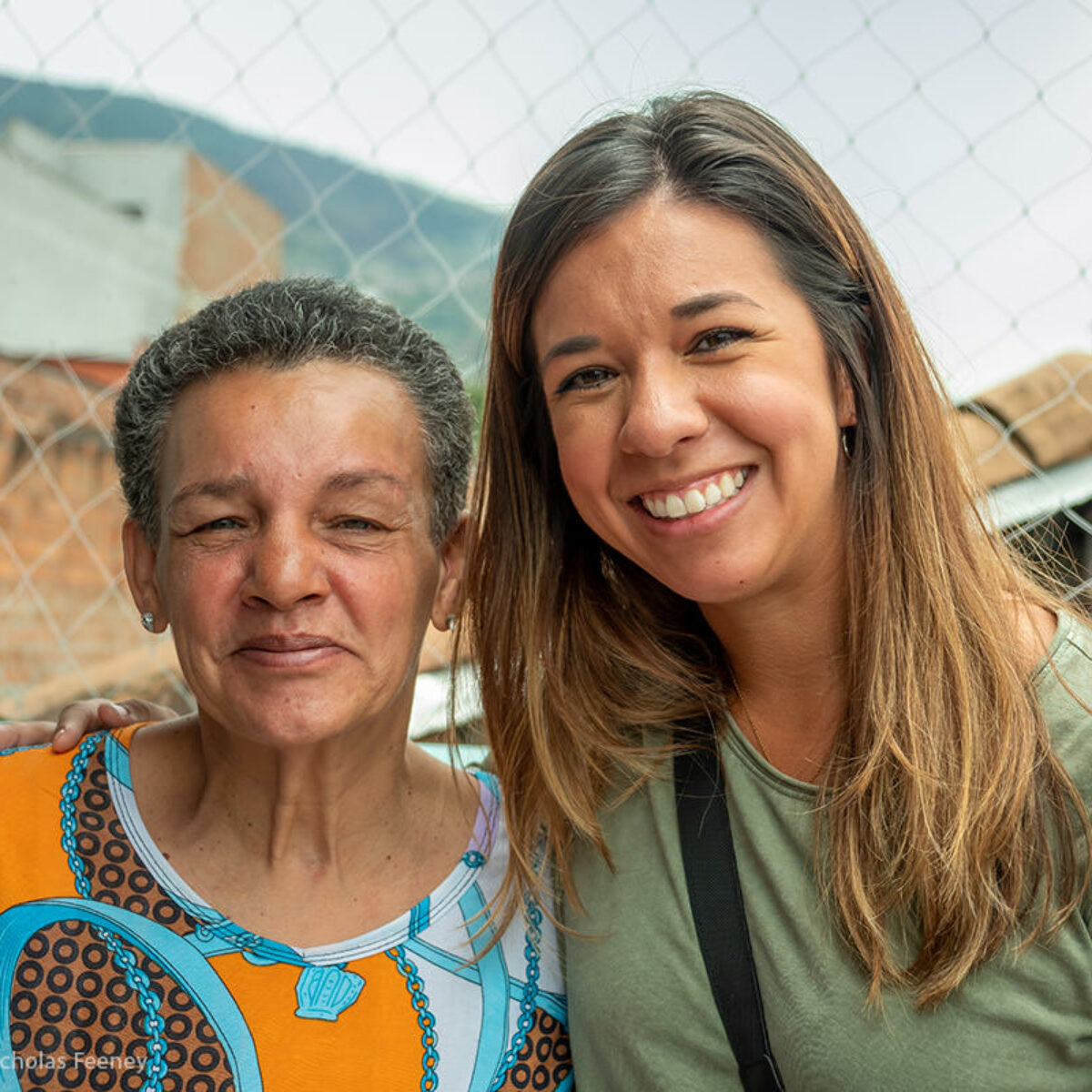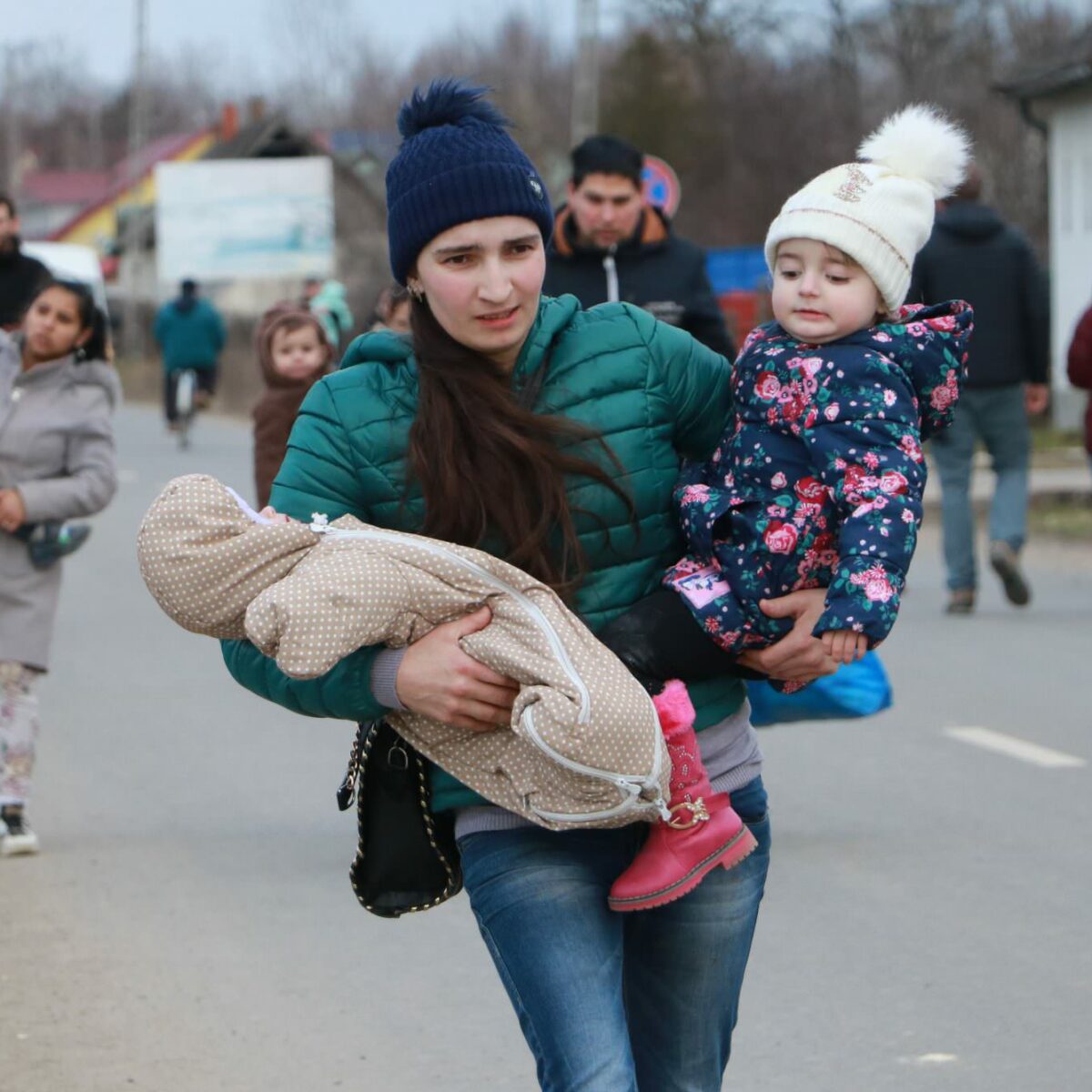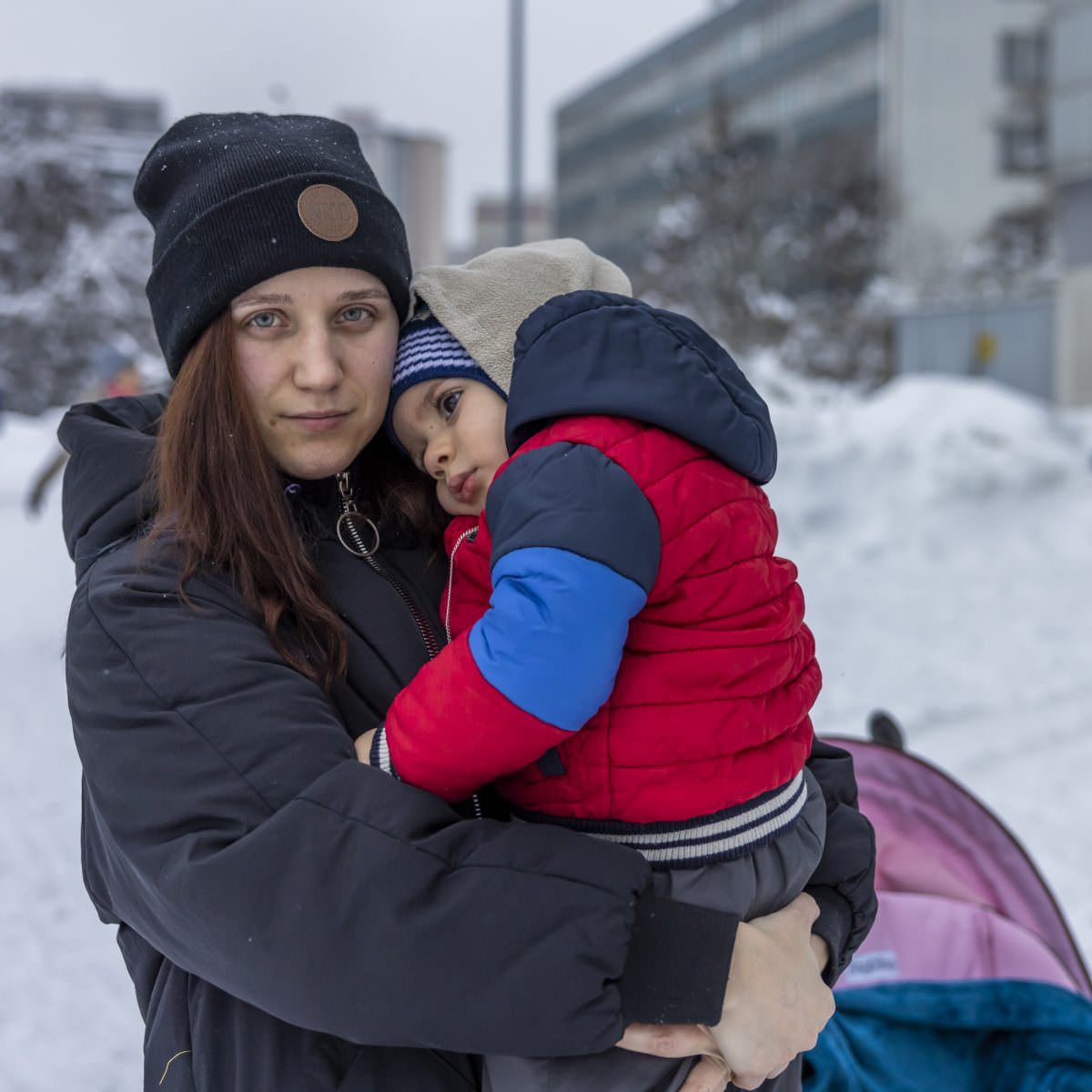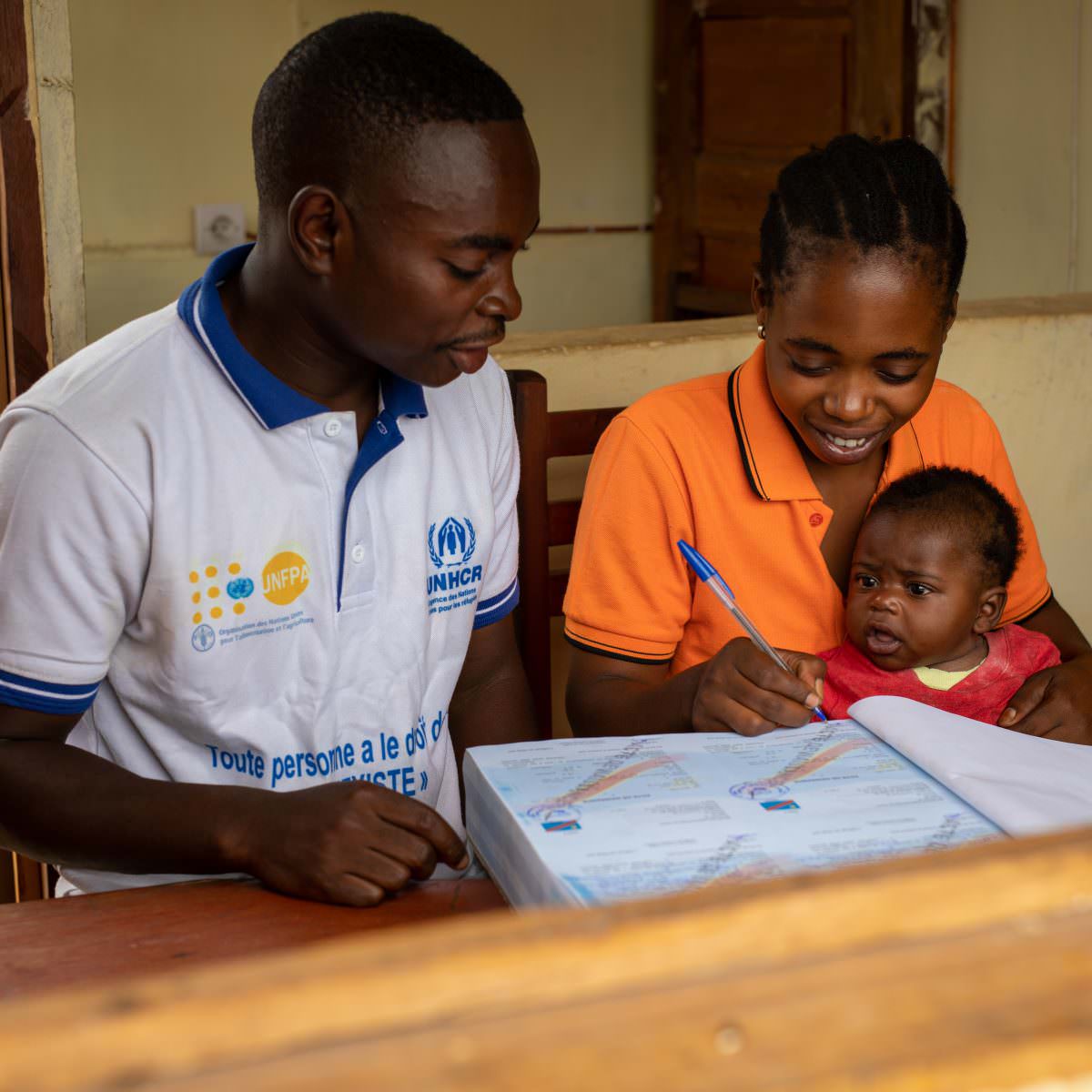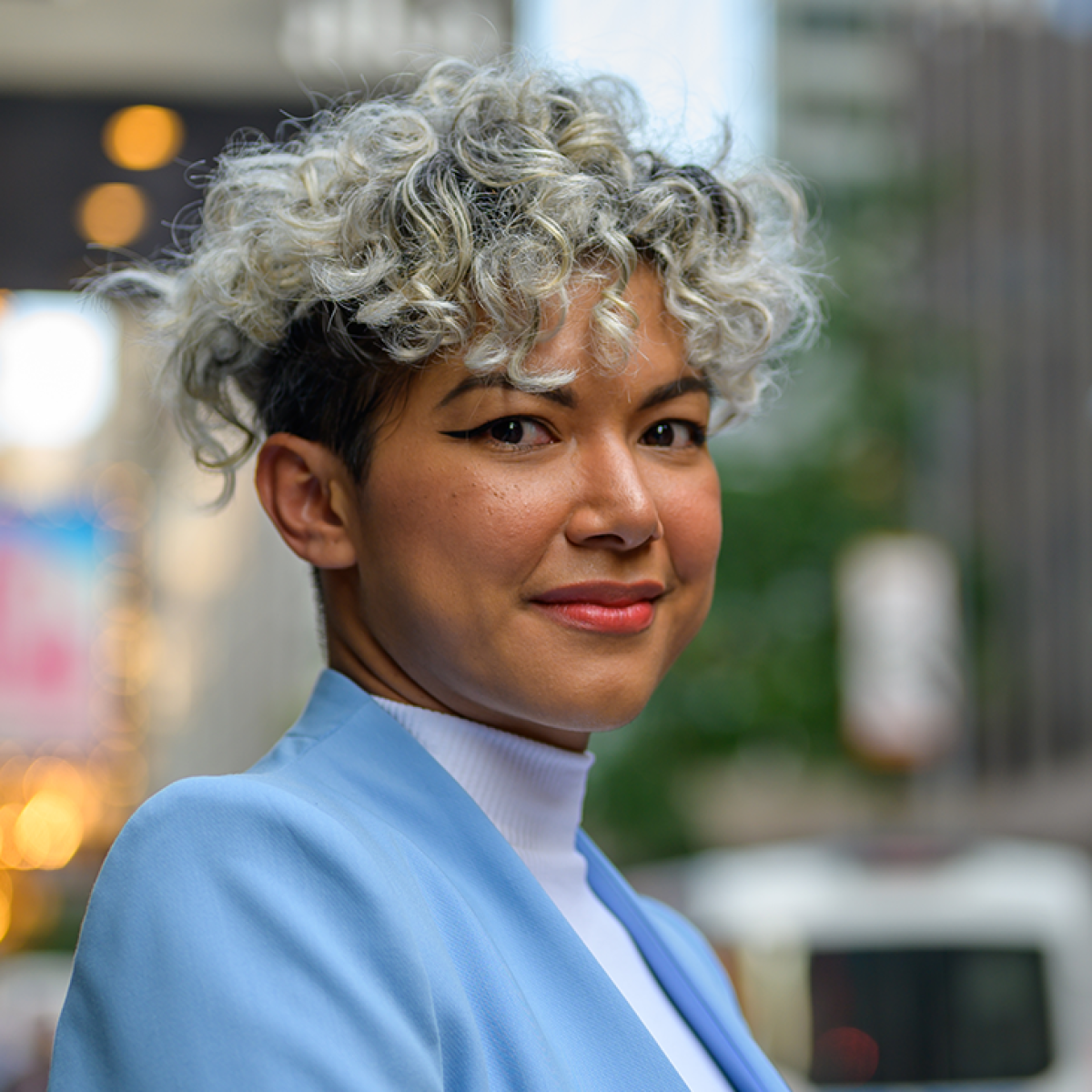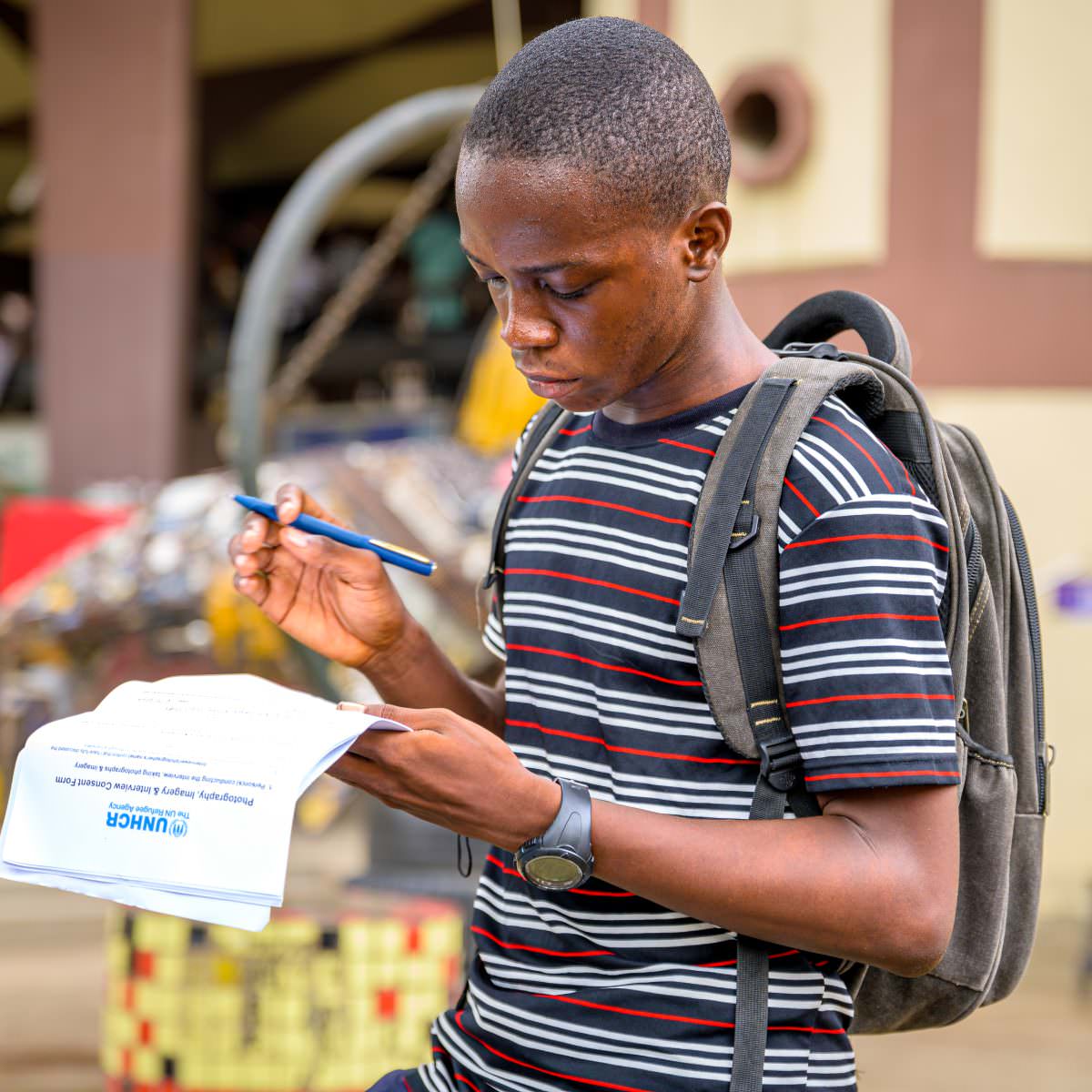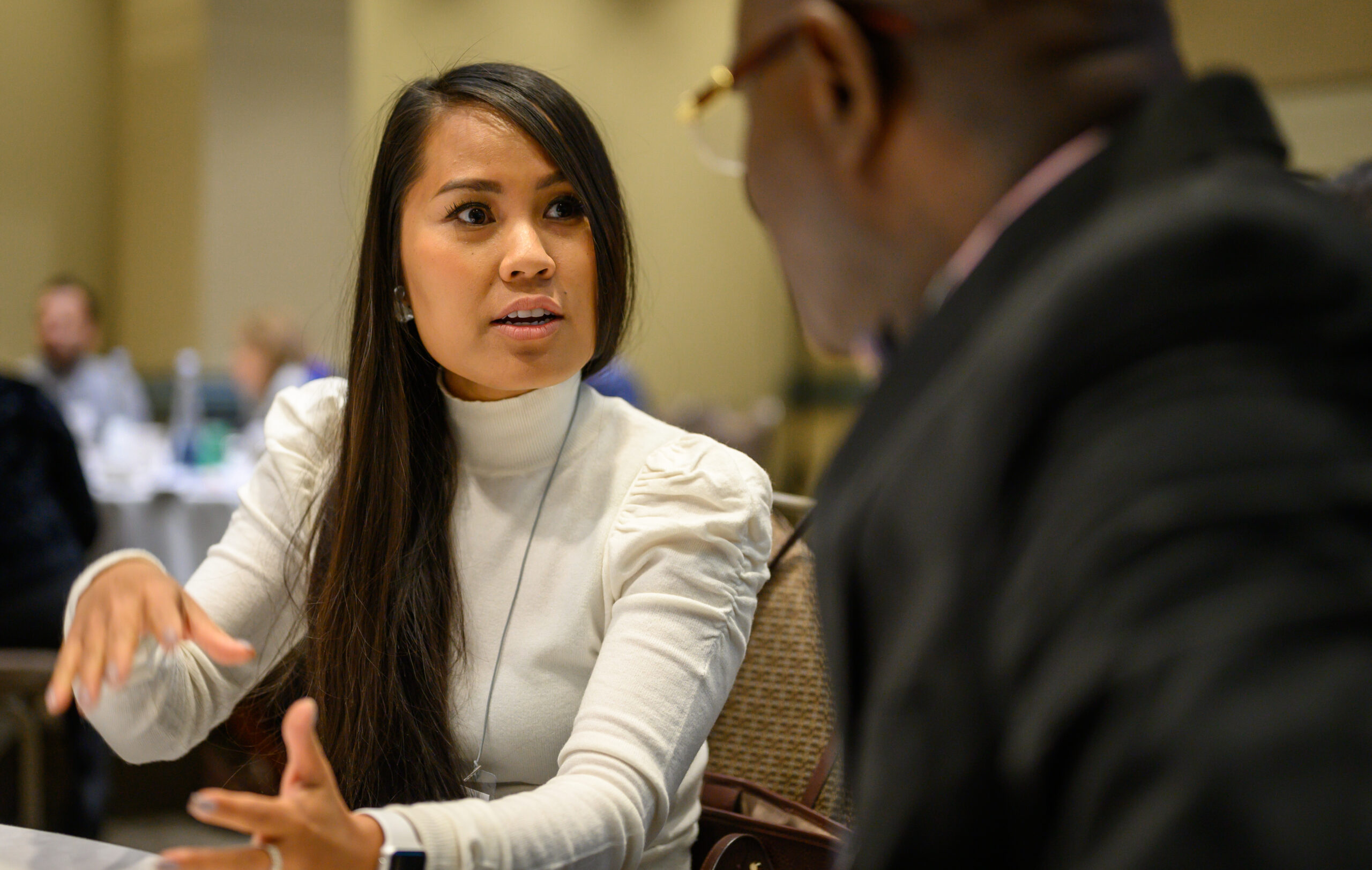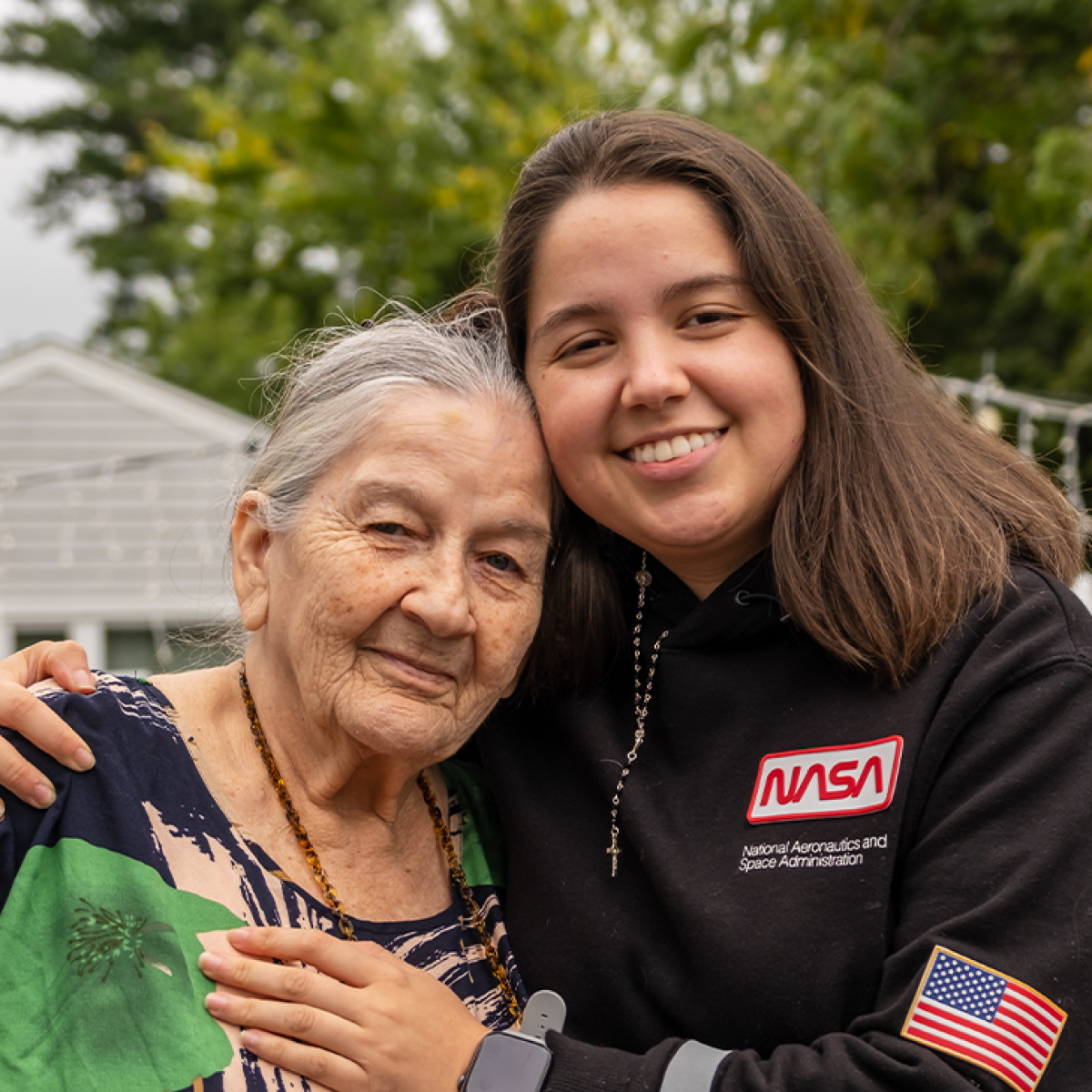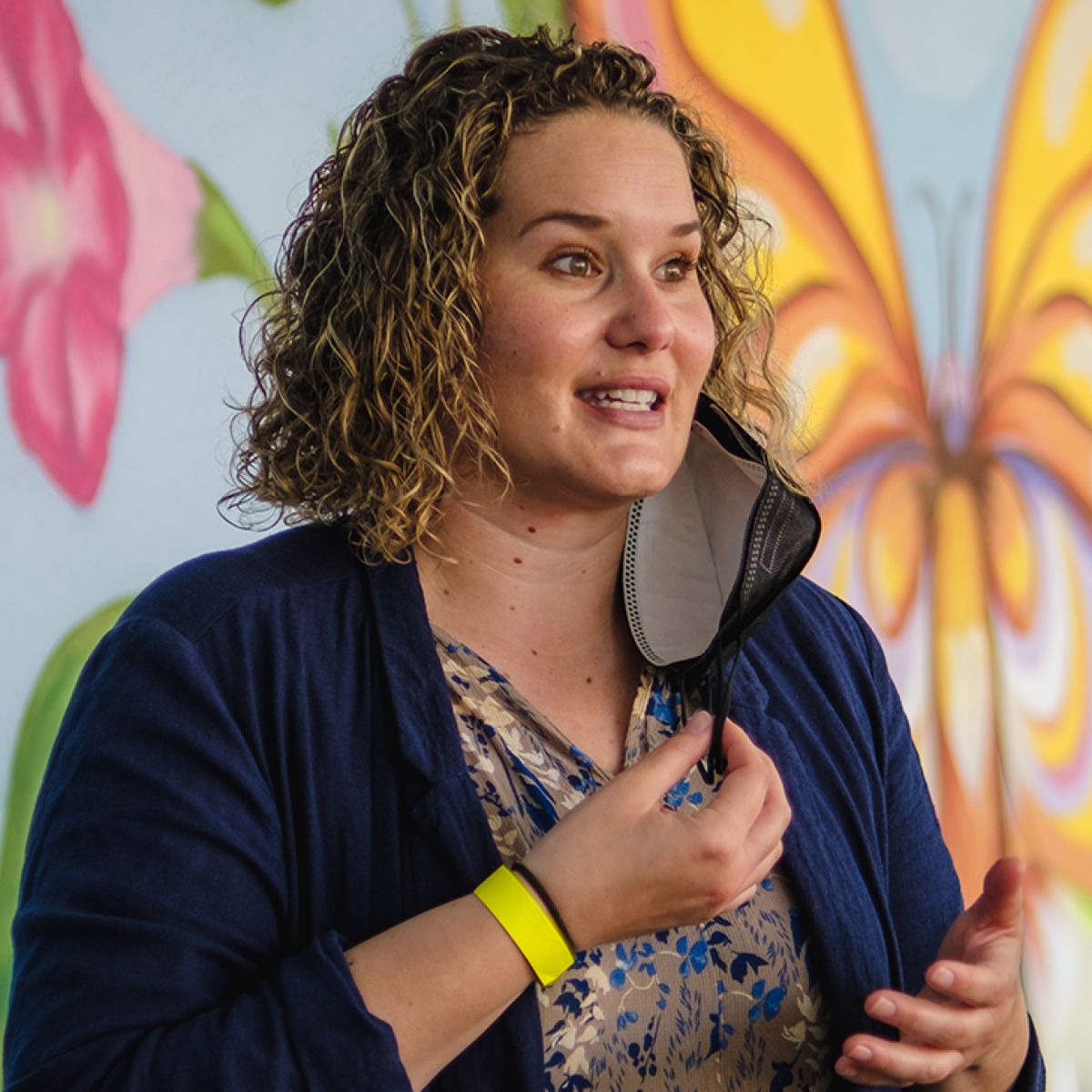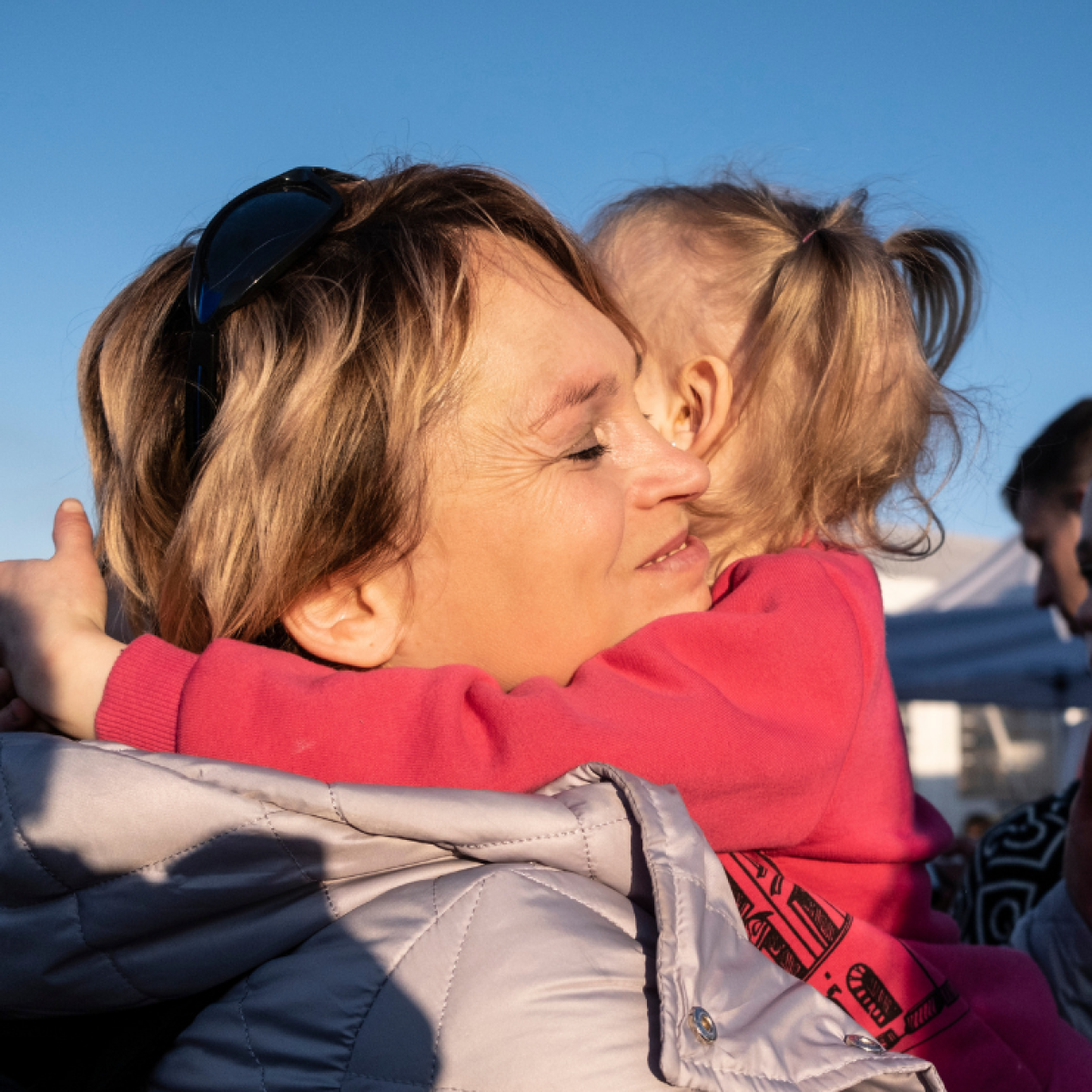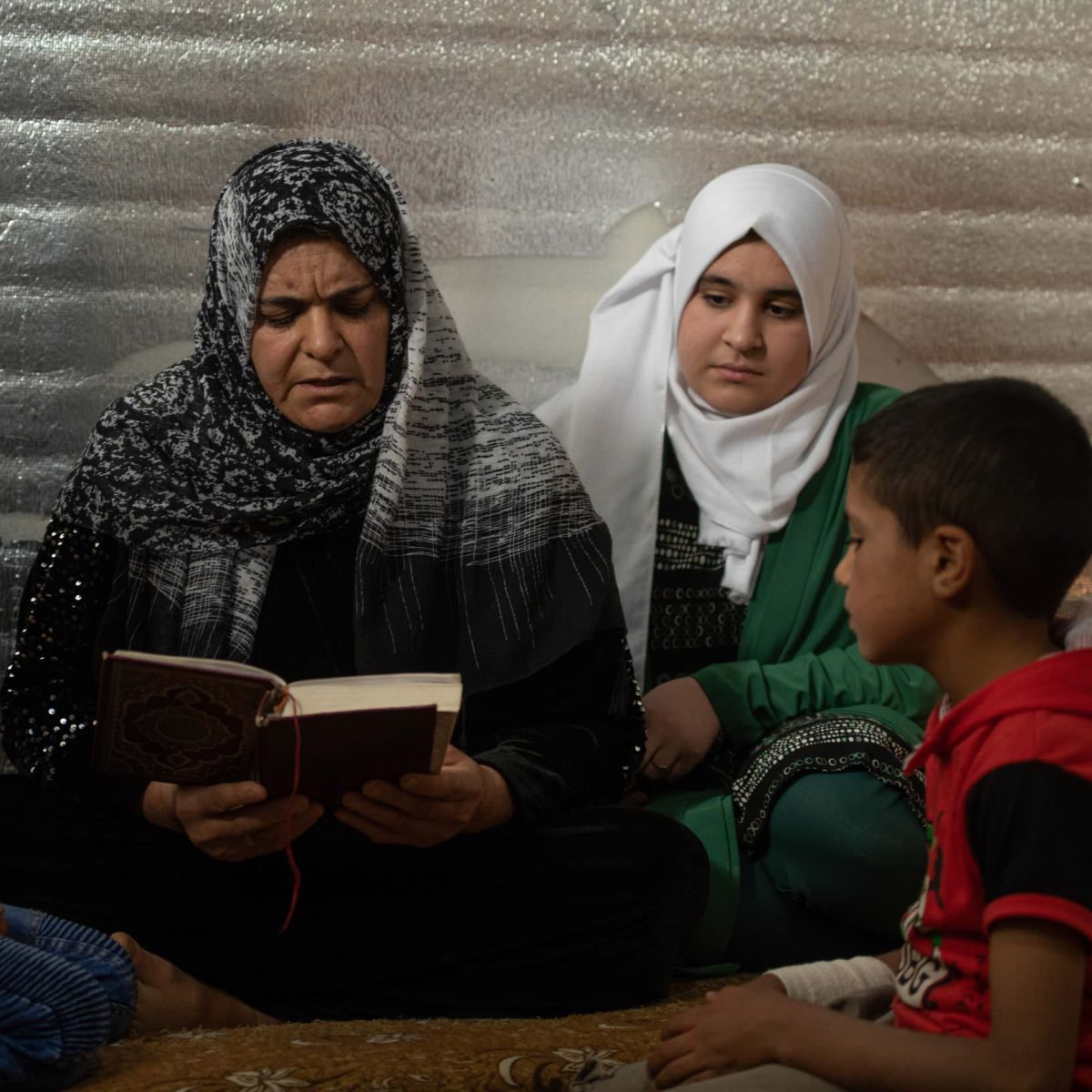Raising Hope Amid Rising Displacement
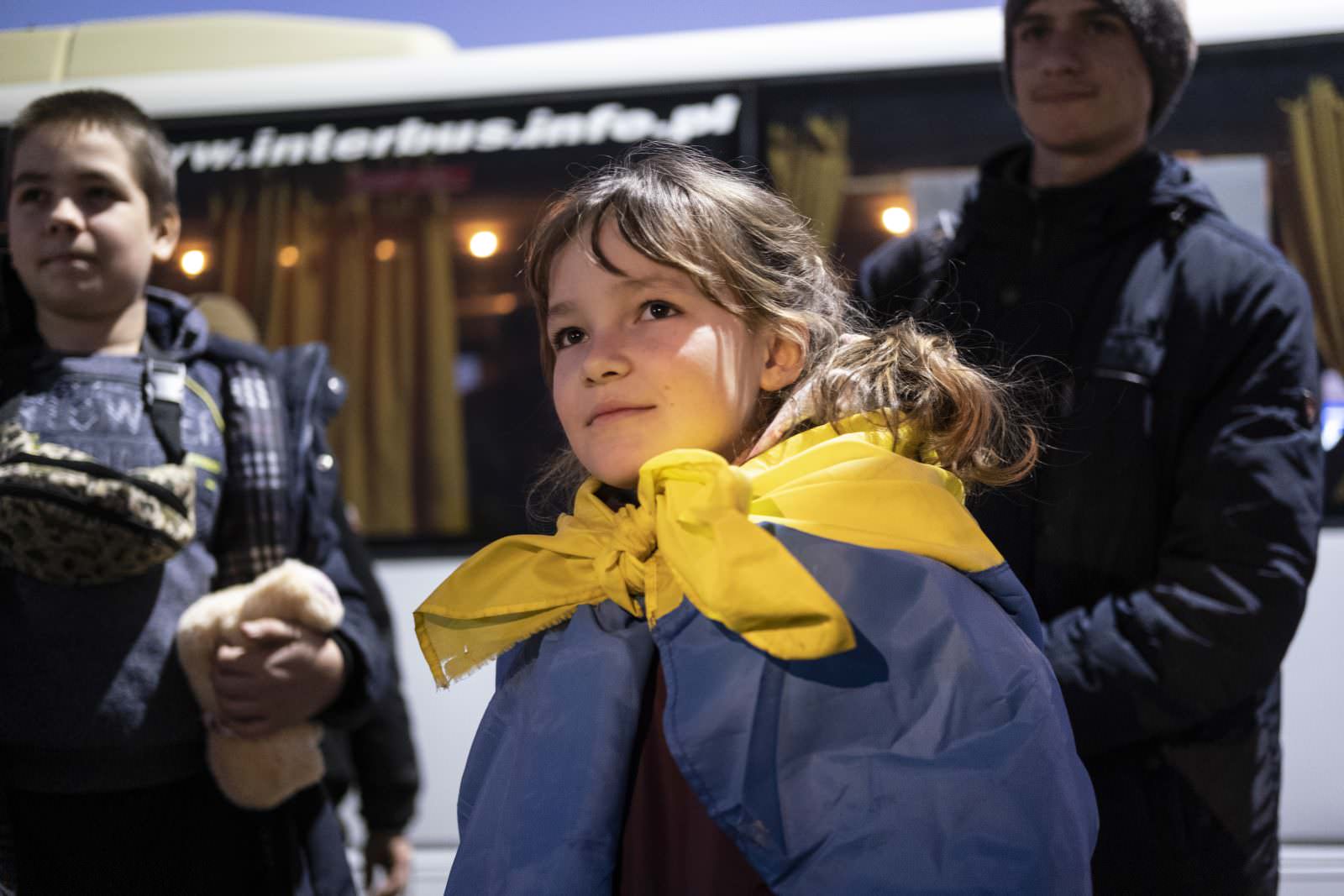
Letter from our Leadership
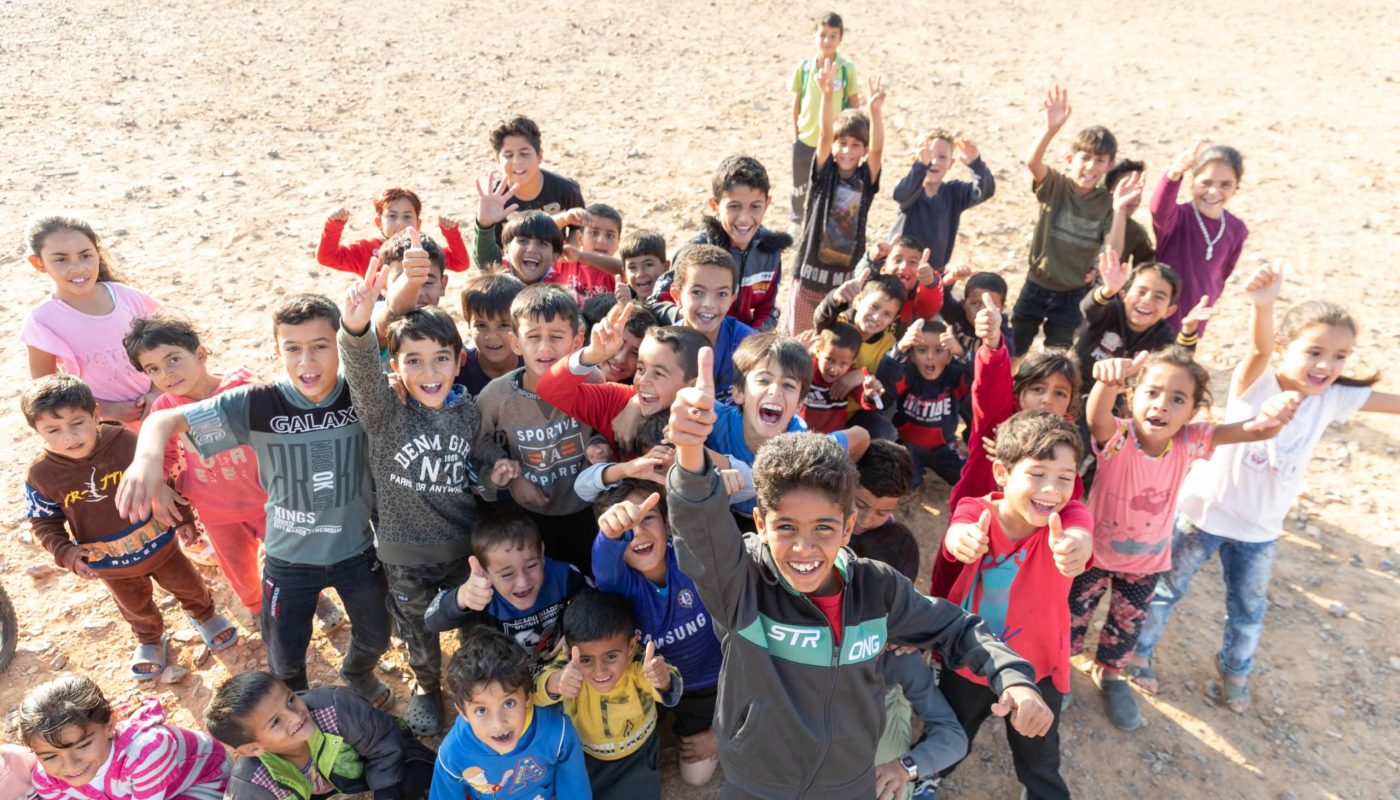
Dear Supporter,
The invasion of Ukraine by the Russian Federation captured the attention of every 24-hour news network and ushered the global refugee crisis to the front page of newspapers across the country. While we watched in shock and horror as the war in Ukraine unfolded, an extraordinary thing happened — caring people stepped forward and chose to act with compassion and love for the families fleeing.
In 2022, USA for UNHCR welcomed 144,000 new refugee champions, raising a record amount of money to provide support and care to refugees around the world. Support came from all directions: celebrities activated the power of their social media channels to raise millions of dollars; corporate partners stepped up with financial and material support and harnessed the power of their employee-giving programs; and caring individuals from all over the United States opened their hearts and gave with love.
The collective response to the crisis in Ukraine was not only inspiring for the amount of money raised and the number of new refugee supporters welcomed but the response marks a new chapter in how we can collectively help forcibly displaced families find safety and hope to build a better life for themselves.
Globally, there are more than 100 million people who have been forced to flee their homes because of war, persecution and, increasingly, the impact of climate change. Behind the monolithic statistics are 100 million stories of courage, anguish and loss that may not reach the front page of a newspaper, but deserve our compassion and care.
In this report, you will see that compassion for refugees is very much alive in the U.S. – and what a dedicated, collective response to the global refugee crisis can look like.
At USA for UNHCR we aspire to a world without refugees. It’s a grand idea and it will take creativity, dedication, innovation and collective action to achieve.
We can’t think of a better community to dream big with.


Mark Wallace
Chair, Board of Directors


Suzanne Ehlers
Executive Director and CEO
 © UNHCR/Dario Bosio
© UNHCR/Dario Bosio
5.4M
Refugees6.3M
Internally Displaced1.74M
people inside Ukraine reached with emergency relief items, shelter support, cash assistance and protection495K
people benefitted from protection assistance, advice and referrals525K
people have received cash assistanceYemen, Ukraine, Syria, Myanmar, the list of places is too long. More importantly, the horrors people are enduring should not be happening. Together, we can make it a little better.
Mort P. – Livonia, MI
2022 at a Glance
The year 2022 was historic. The full-scale war in Ukraine, devastating climate events in the Horn of Africa and protracted conflict in Afghanistan, Yemen, Syria and Bangladesh pushed the number of people forced to flee over the staggering milestone of 100 million for the first time on record.
While humanitarian needs and displacement rose dramatically in the past year, so too did the unprecedented levels of support. UNHCR provided lifesaving assistance in active emergencies in 32 different countries including newly declared emergencies in 25 countries.
During a year marked by more suffering and displacement than anyone could have predicted, our extraordinary partners, supporters, and private and public donors helped to ensure we could reach the people who needed us most, at the time they needed it most.
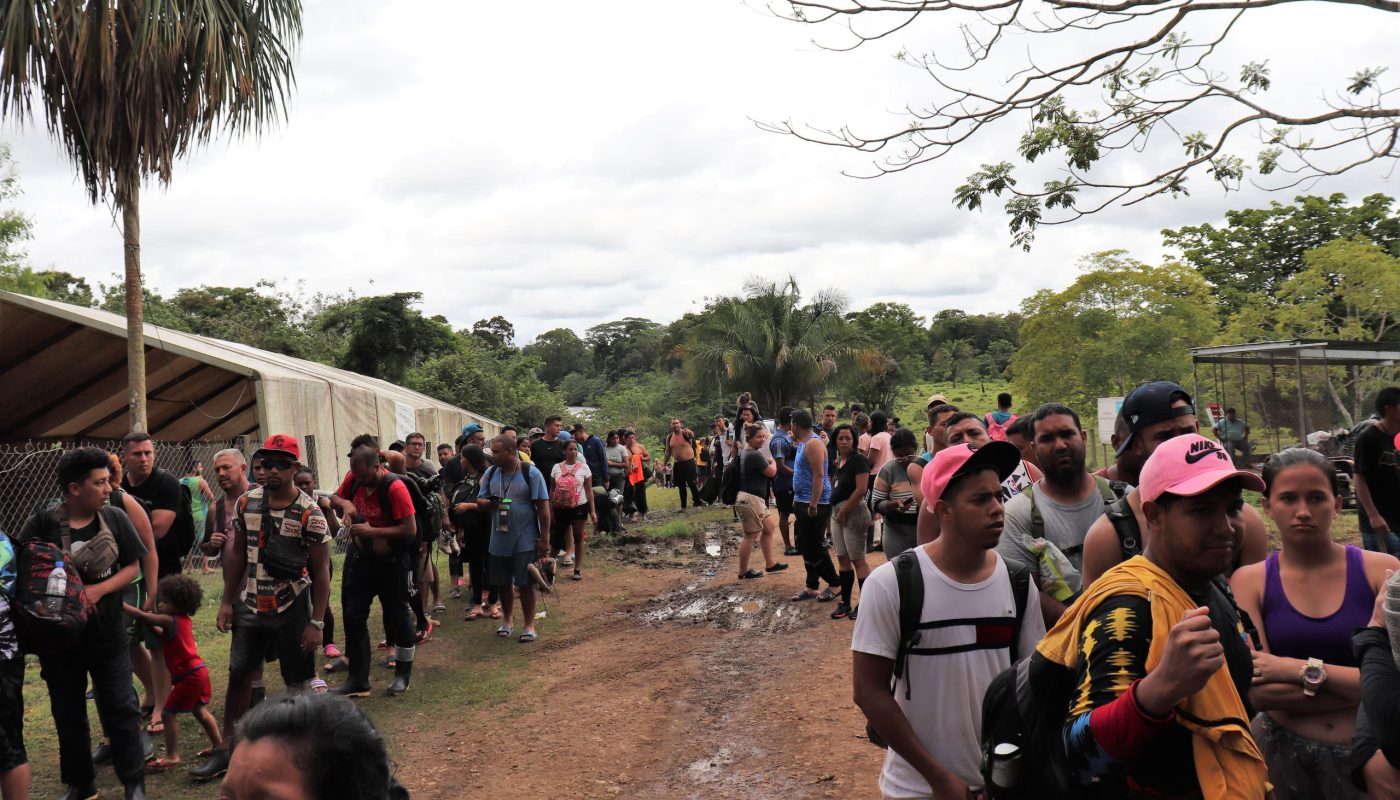
Central America
The North of Central America, a region including El Salvador, Guatemala and Honduras, is one of the most dangerous places on earth. Everyday, the threat of gang violence, extortion, persecution and sexual violence force countless people to cross borders in search of safety and a better life elsewhere.
There are more than 1.3 million refugees, asylum-seekers and internally displaced people from Central America and Mexico.
Central America and Mexico host more than 818,000 refugees, asylum-seekers and internally displaced people.
There are nearly 237,000 Nicaraguan refugees and asylum-seekers globally, with 95 percent of them being asylum-seekers.
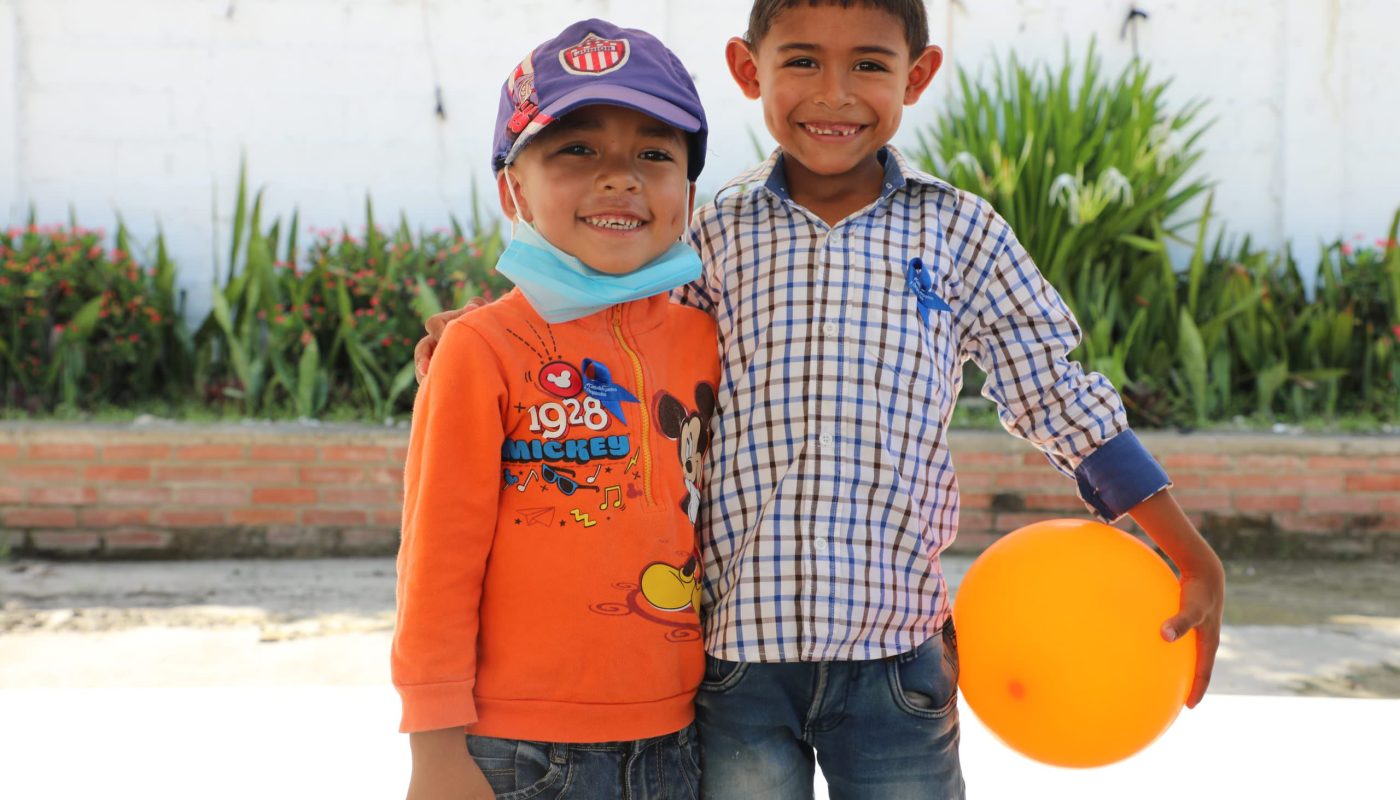
Venezuela
Venezuela is the second largest country of origin of displaced people in the world. More than 7.1 million Venezuelan refugees, migrants and asylum-seekers have fled their homes to escape violence, insecurity and lack of food, medicine and essential services. During the first six months of 2022, a record 49,000 crossings were made across the Darien Gap, one of the world’s most dangerous refugee and migrant routes marking the border between Colombia and Panama. Venezuelans made up a majority of the crossings, followed by Haitians.
More than 7.1 million Venezuelan refugees, migrants and asylum-seekers have been forced to flee their homes; more than 84 percent are hosted in countries in Latin America and the Caribbean.
Colombia hosts the second largest number of refugees and other people in need of protection globally, with a total of 2.5 million Venezuelans.
New asylum applications in the Americas region increased by 146 percent compared to the same period last year, with a majority — nearly 107,000 claims — lodged by Venezuelans.

Syria
After more than a decade of violent conflict, the Syrian refugee crisis is more protracted than ever with Syrians making up the largest refugee population globally. The continued instability in Syria has driven several hundred thousand people from their homes. In the first six months of 2022, the number of Syrian refugees decreased slightly since the conflict began in 2011.
There were more than 6.8 million Syrians hosted by 130 countries by mid-2022.
An estimated 6.8 million Syrians remain internally displaced; the number of IDPSs slightly decreased by mid-2022 compared with the end of the previous year.
More than 1 in 5 refugees are Syrian, accounting for 21 percent of all refugees globally.
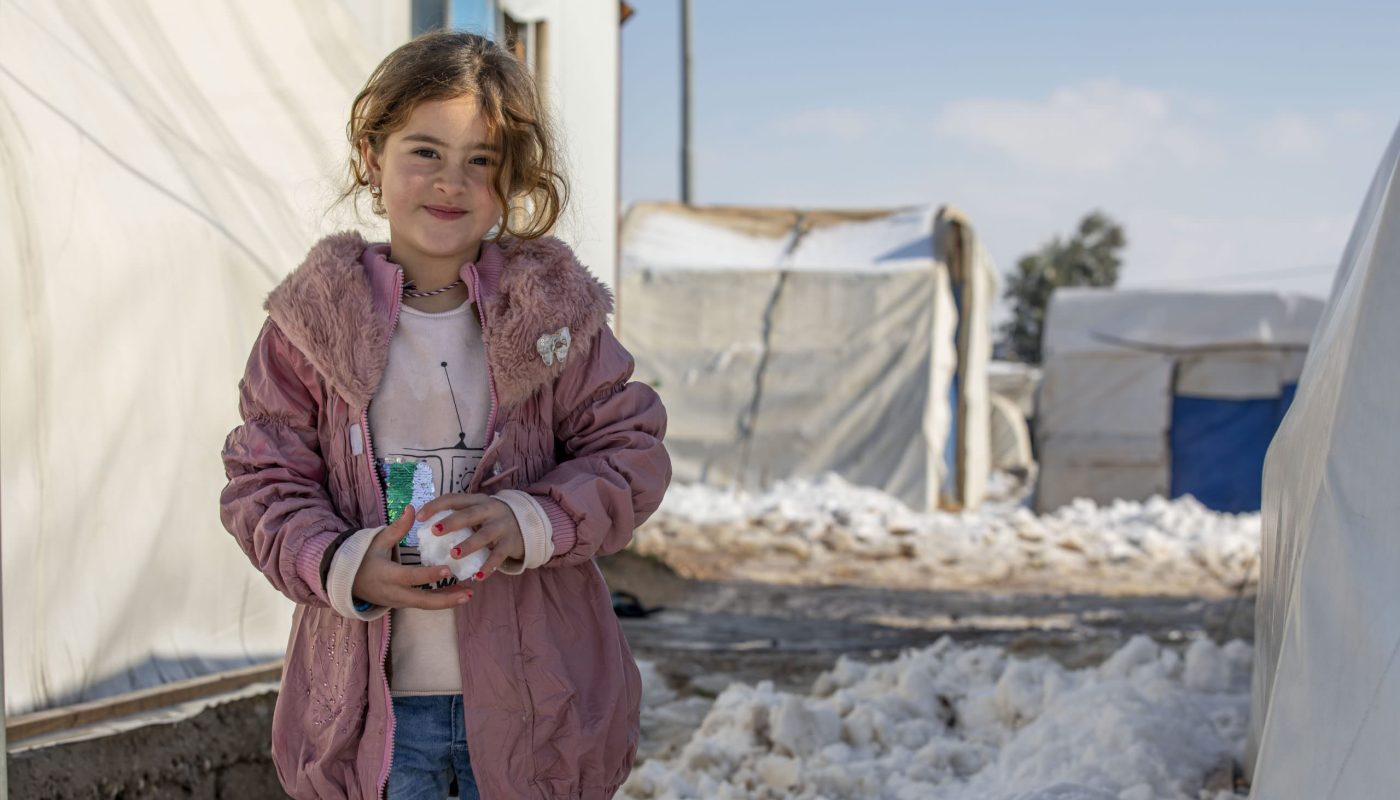
Iraq
Iraq is transitioning from an emergency toward recovery and development while still facing a complex political and security environment. The security situation is still unpredictable, and protection risks for refugees, IDPs, IDP returnees and stateless people remain acute.
At least 5 million formerly displaced Iraqis have returned home, but many continue to live in substandard conditions.
Some 1.2 million Iraqis remain internally displaced.
More than 433,000 IDPs and IDP returnees lack at least one key civil document.
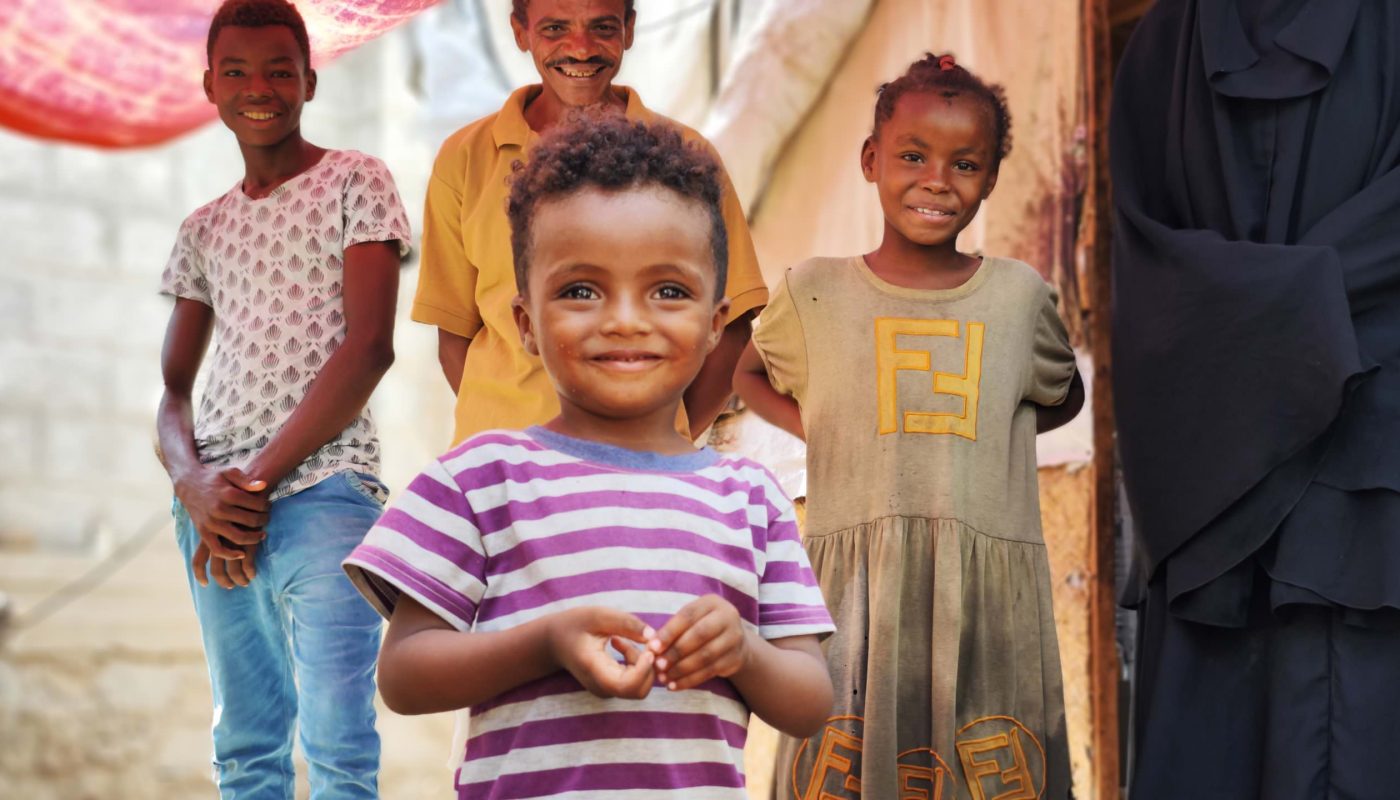
Yemen
After years of devastating conflict, Yemen remains one of the world’s worst humanitarian crises. More than 23 million people depend on humanitarian assistance to survive and the country has the fourth-largest IDP population in the world. The country is on the brink of famine, with 80 percent of Yemenis living below the poverty line and 3.8 million IDPs estimated to be highly food insecure.
Some 23.4 million Yemenis (73 percent of the total population) depend on humanitarian assistance to survive.
Yemen has one of the largest IDP populations in the world with 4.3 million internally displaced Yemenis.
Yemen is host to 97,018 refugees and asylum-seekers (mainly Somalis and Ethiopians).
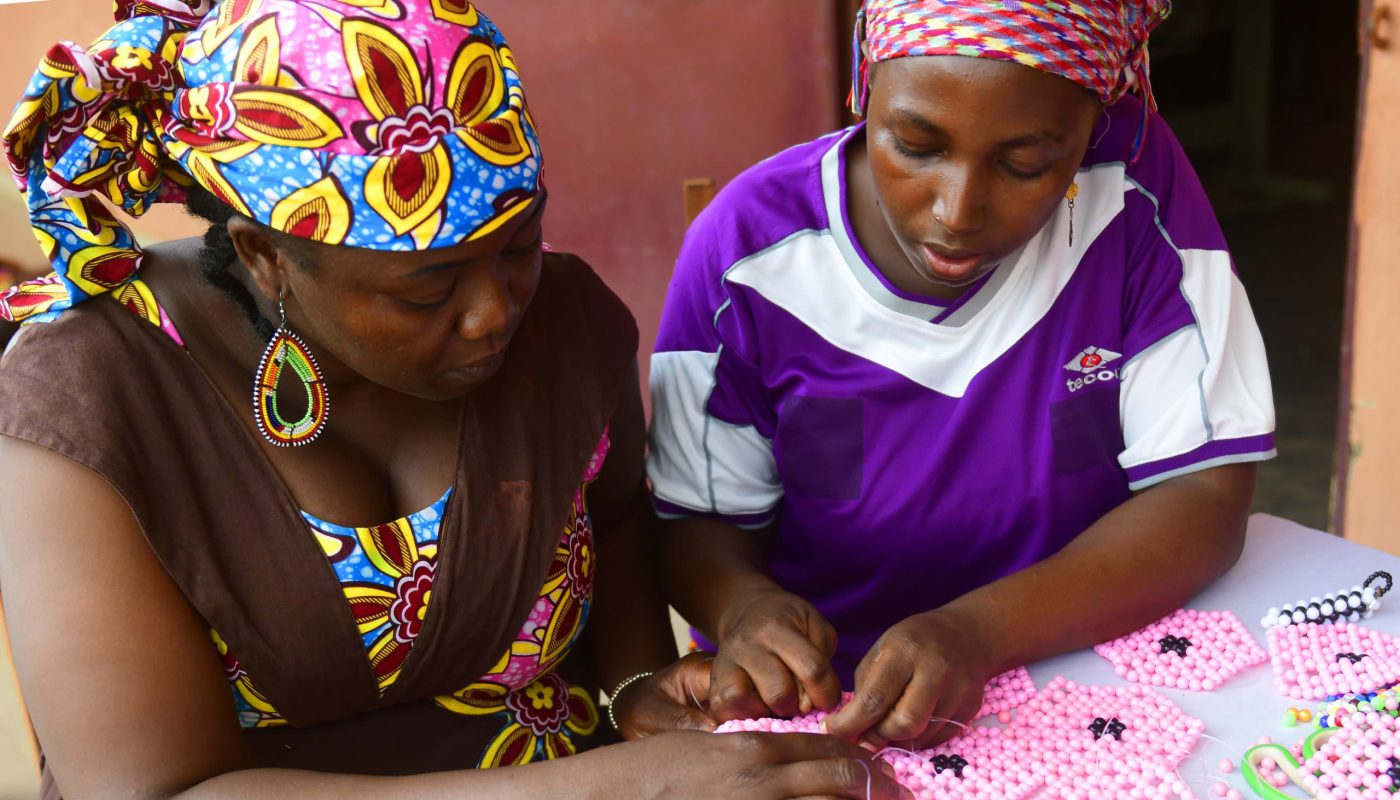
Central African Republic
The Central African Republic has struggled with armed conflict and instability for many years. The most recent surge of violence in December 2020 forcibly displaced nearly one-third of the country’s 4.9 million people.
More than 1.4 million people, of the Central African Republic’s 4.9 million population, have been forcibly displaced within and across its borders.
A large number of returns were recorded in the country with nearly 273,000 IDPs returning home by mid-2022.
The Central African Republic saw nearly 194,000 new displacements within the country by mid-2022, triggered by continued violence and insecurity.
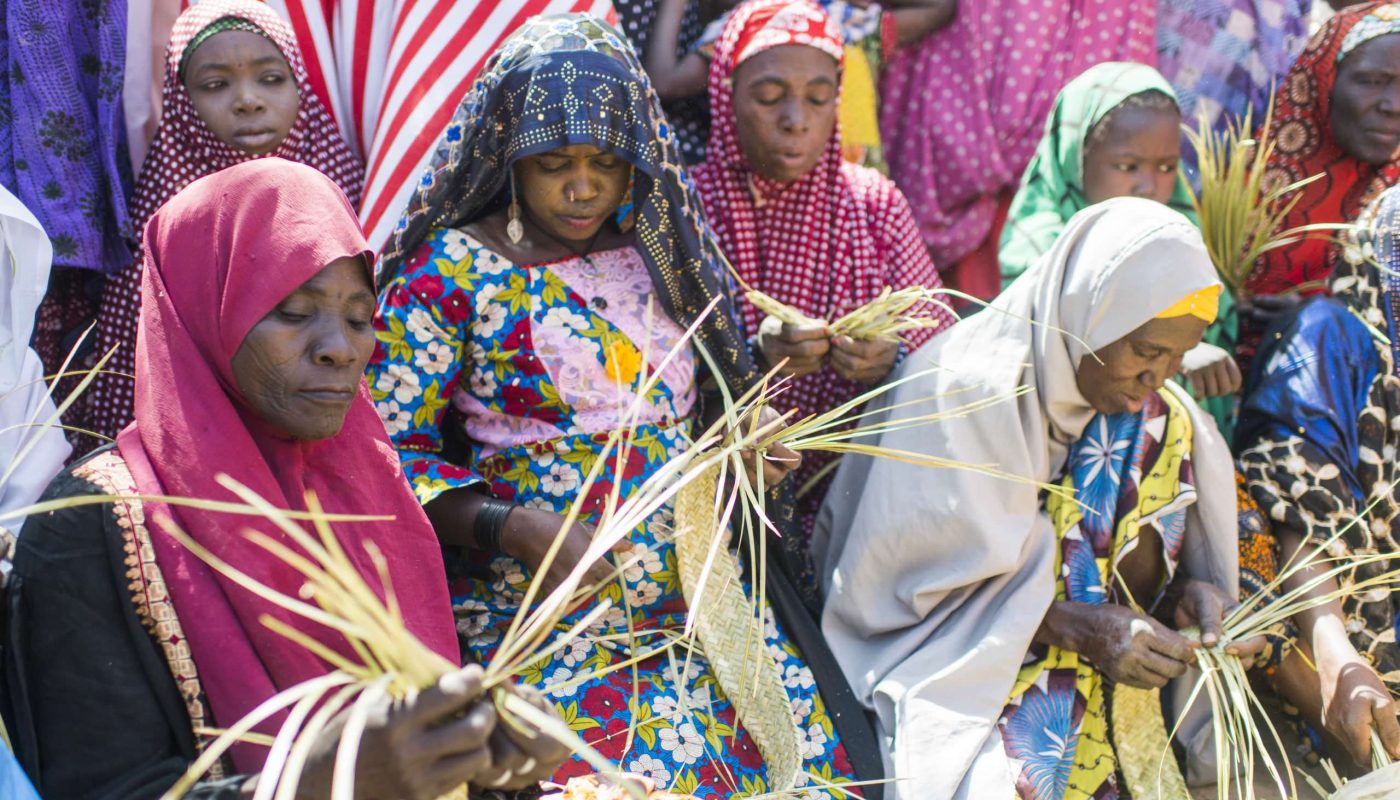
Sahel
The Sahel region of Africa is facing one of the fastest-growing displacement crises in the world. The region comprises Burkina Faso, Mali and Niger—countries where violent insurgencies have driven internal displacement in the hundreds of thousands. More than 2.9 million people have fled violence in the region in the last decade.
More than 2.9 million refugees and internally displaced people across Burkina Faso, Mali and Niger have been forced to flee home.
Food insecurity in the Sahel is causing 1.6 million children to be severely malnourished.
Temperatures in the Sahel region are rising 1.5 times faster than the global average, making the humanitarian situation even worse.
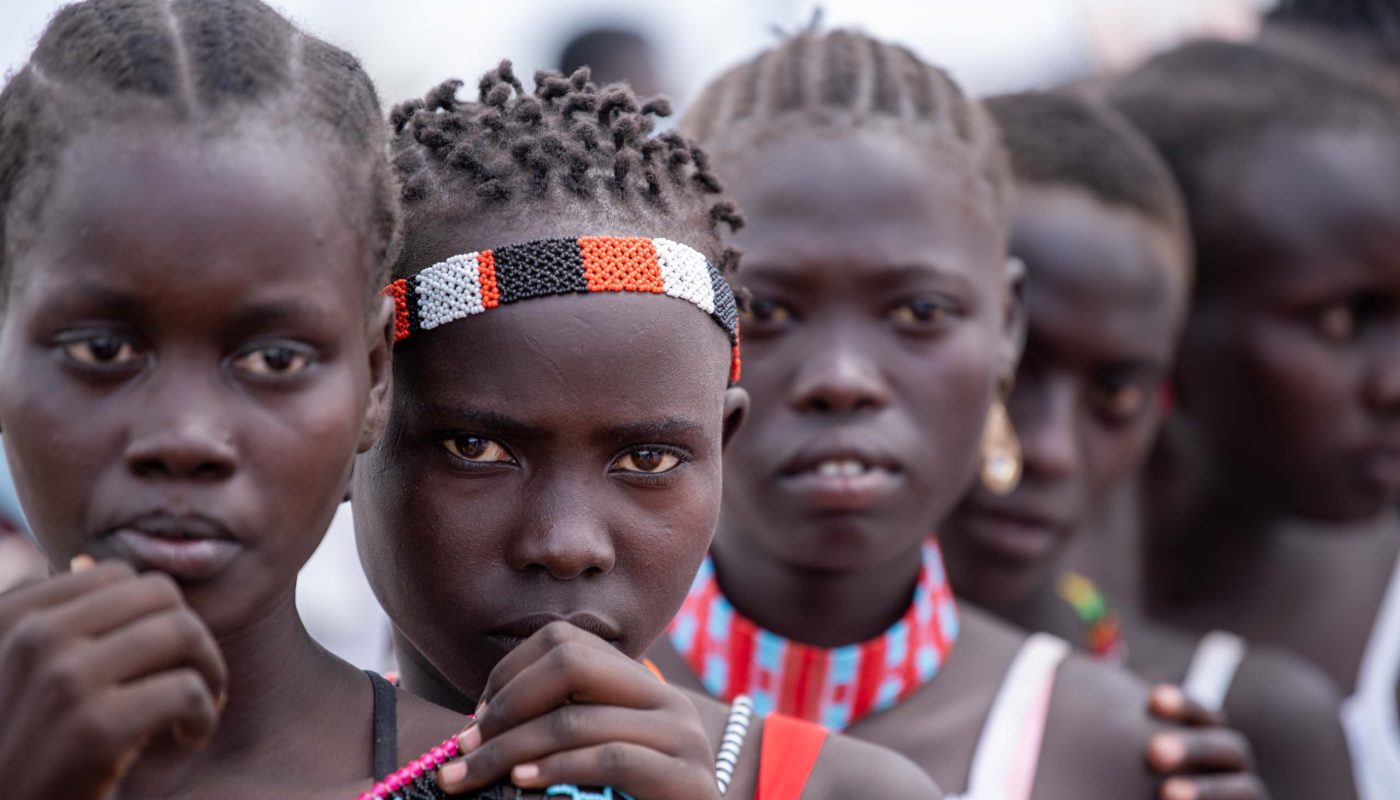
South Sudan
South Sudan remains one of the largest refugee situations in Africa. After nearly a decade of conflict and despite efforts toward implementing a peace agreement, South Sudan continues to grapple with sporadic violence, chronic food insecurity and the devastating impact of major flooding.
There were 2.4 million displaced people from South Sudan by mid-2022, making up the fifth largest group of refugees.
Refugees returned home to South Sudan in 2021 despite the humanitarian situation in the country.
Children make up 65 percent of all refugees, making the humanitarian crisis a “children’s crisis."
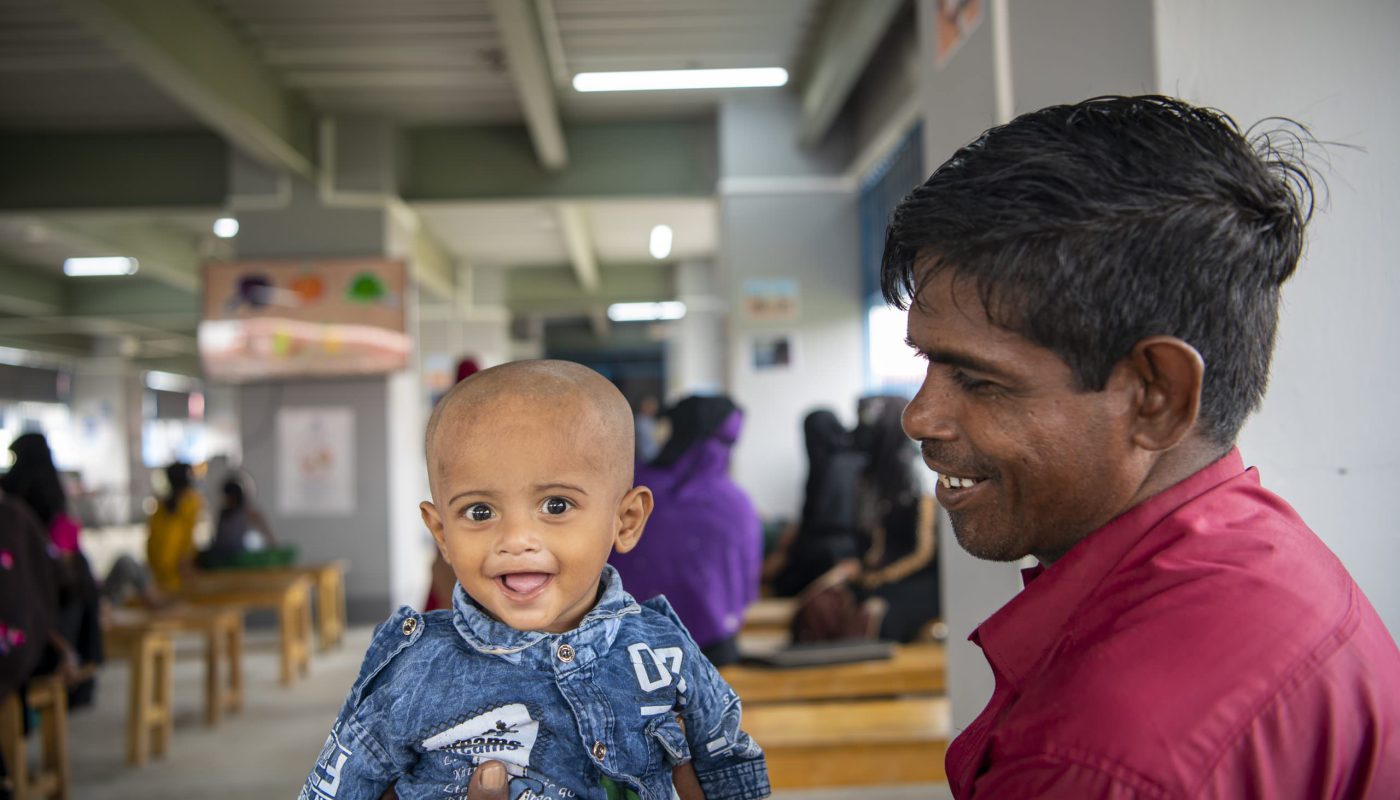
Bangladesh
Since violence broke out in August 2017, more than 1.3 million Rohingya have been displaced from Myanmar and forced to seek refuge elsewhere. In Myanmar, a military takeover in February 2021 ushered a new wave of violence and conflict in the country. By mid-year 2022, an additional 500,000 more Rohingya were displaced. The Rohingya are the world’s largest stateless population.
More than 1.3 million Rohingya have been displaced from Myanmar since 2017, and they remain one of the largest displaced groups globally.
In the first six months of 2022, there were 567,500 new internal displacements within Myanmar.
There were 125,300 IDPs who returned home or were resettled elsewhere in the country in the first half of 2022.
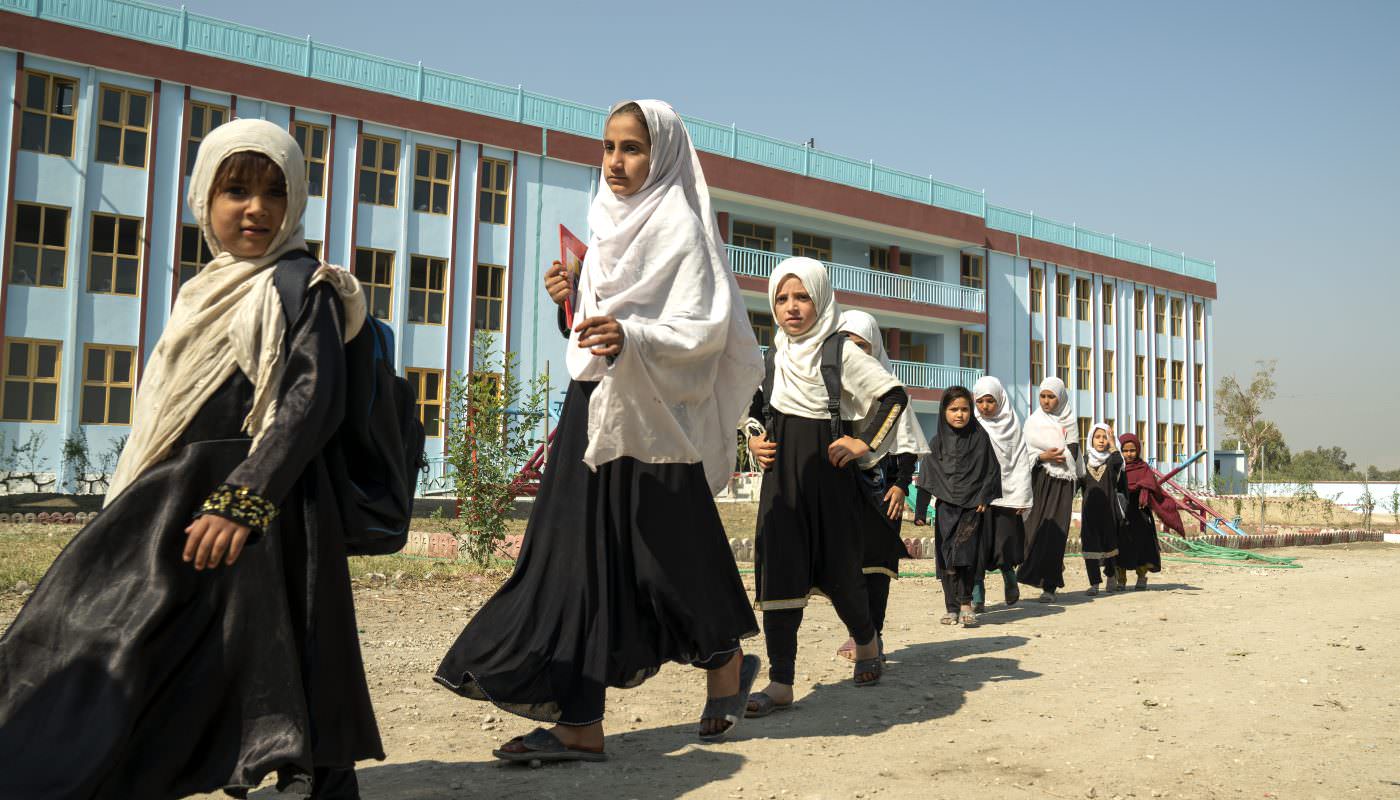
Afghanistan
After more than four decades of conflict, the Afghanistan refugee crisis remains one of the largest and most protracted humanitarian and displacement crises. The severe economic situation, high levels of poverty, natural disasters (drought and floods) and the COVID-19 pandemic are contributing to the humanitarian crisis.
Afghanistan has a population of 42 million people; 59 percent of the population or 24.4 million are in need of humanitarian and protection assistance.
An estimated 3.4 million Afghans were displaced internally due to conflict while 2.8 million were refugees in neighboring countries by mid-2022.
More than 700,000 conflict-related displacements have occurred since the beginning of 2021 – 80 percent of them impacted women and children.
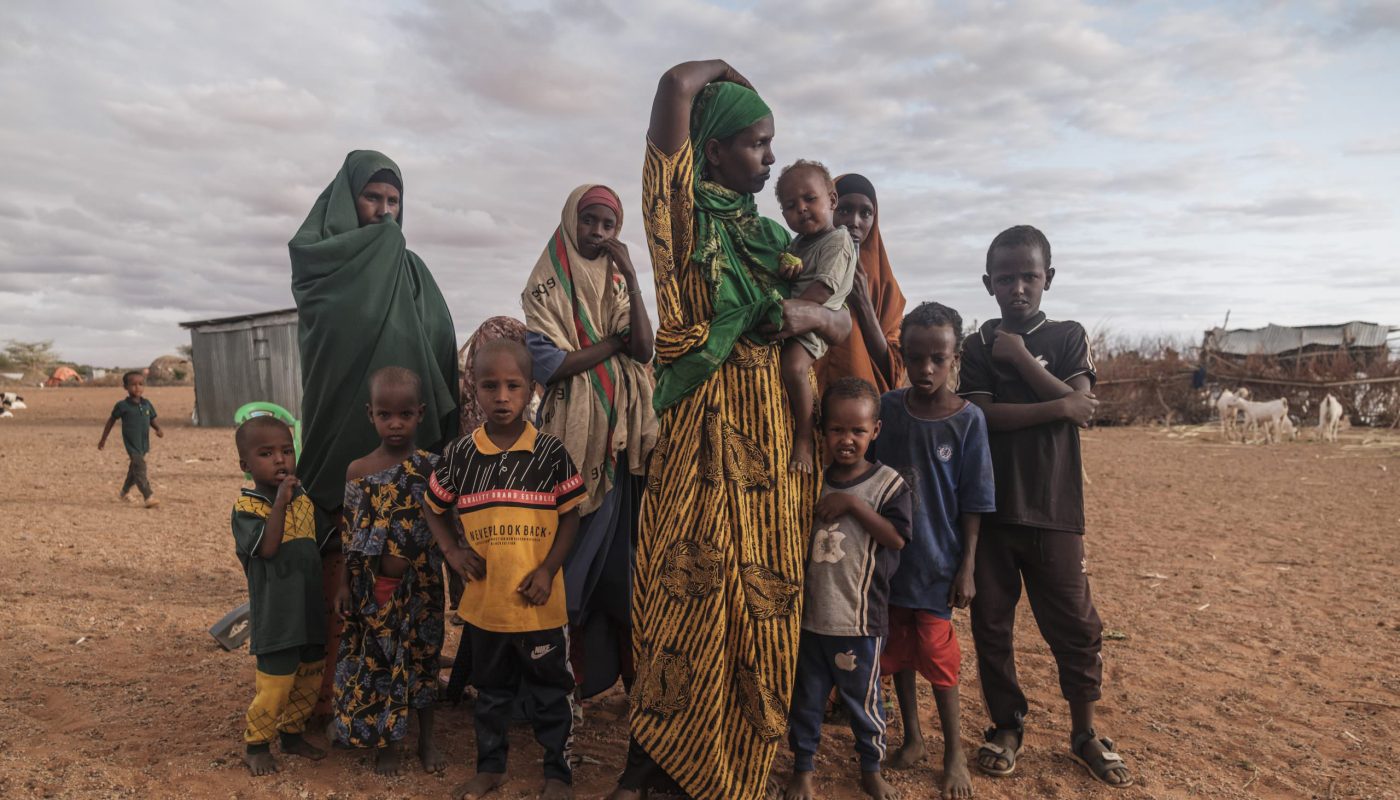
Ethiopia
Ethiopia is the third largest refugee-hosting country in Africa, generously sheltering hundreds of thousands of refugees from neighboring countries. The ongoing conflict in the Tigray region of Ethiopia is driving millions of people to flee their homes.
UNHCR assisted more than 4.5 million IDPs in Ethiopia by mid-2022.
Ethiopia hosts more than 880,000 refugees, mainly from South Sudan, Somalia, Eritrea and Sudan.
Despite a ceasefire in March 2022, the Tigray region in Ethiopia saw an increase of 854,000 new internal displacements by mid-2022.
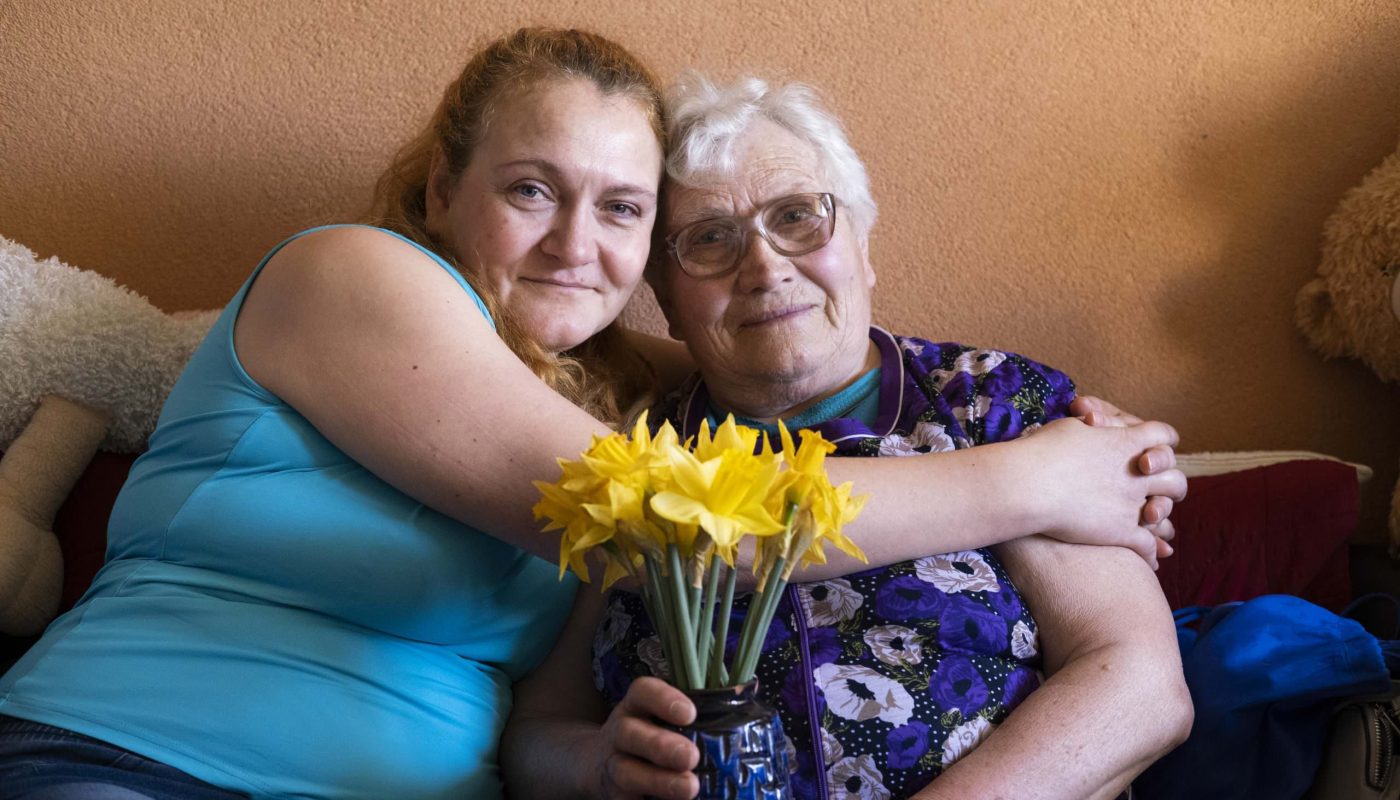
Ukraine
The war in Ukraine began in February 2022 following the Russian Federation’s invasion of the country. As a result of heavy shelling and fighting, millions of Ukrainians have been driven from their homes and are internally displaced or were forced to cross into neighboring countries in the region including Poland, Hungary, Moldova and other countries across Europe.
The war in Ukraine forced millions of Ukrainians to flee their homes, including 6.3 million people who are internally displaced within the country.
Some 5.4 million Ukrainian refugees remain displaced by mid-year 2022, finding protection primarily in nearby European countries.
Women and children make up approximately 90 percent of people fleeing the war and are at high risk of gender-based violence and sexual exploitation and abuse.
Our Staff

USA for UNHCR is made up of 58 passionate staff members who work across the United States to support refugees every day. Our team works in a hybrid work environment from our offices in Washington, D.C. and New York City. During the COVID-19 pandemic, USA for UNHCR kept team members connected and promoted a welcoming and enriching organizational culture through our Culture Captains initiative.
Culture Captains are a group of staff members who support organization culture by planning team activities, welcoming and onboarding new hires, listening to staff feedback, and supporting Diversity, Equity and Inclusion (DEI) initiatives across the organization.
USA for UNHCR provides safe spaces for staff to learn and unlearn, offers resources and educational content about DEI and invites speakers to facilitate important conversations during key observances. We are dedicated to celebrating and uplifting staff identities while holding space for feedback and reflection on the organization’s own practices.
USA FOR UNHCR: A Great Place to Work
In 2022, USA for UNHCR was recognized as a Great Place to Work® for its strong workplace culture, approachable management and consistent positive experiences of employees. In a survey, 86 percent of USA for UNHCR employees said the organization is a great place to work – nearly 30 percent above the average U.S. company. USA for UNHCR employees feel a great sense of pride in the work they do on behalf of refugees.
The Great Place to Work Recognition is the global authority on workplace culture, employee experience and leadership behaviors based on data compiled from more than 100 million employee engagement surveys around the globe.
Our Values
The six values below represent the best of who we are and who we want to be.
Passionate.
The heads and the hearts of our team members are committed to our mission. It’s not just a commitment, it’s a calling.
Dynamic.
We are committed to continuous evolution – finding the best course of action and taking it.
Transparent.
We are open and honest, with each other and with our donors, partners and other stakeholders.
Cutting Edge.
We aspire to be pioneers and find new approaches to connect others with our mission.
Data Driven.
We analyze data, facts and trends to understand our circumstances, and act on what we learn.
Forward Thinking.
We are outcome-oriented and focused on what’s ahead.
Our Strategic Framework
Our multi-year strategic framework focuses on five goals that are charting the course of USA for UNHCR’s work in today’s complex global environment:
- Inspire interest, empathy and action for refugee rights and issues through compelling content and multi-audience engagement.
- Elevate results by investing in exceptional programs that catalyze change and make a difference in the lives of refugees.
- Enable organizational excellence, sustained growth and a best-in-class donor experience through data analytics, technology and funding.
- Bring together high-quality talent and expertise to facilitate novel approaches and lead new ways of thinking to tackle critical refugee issues.
- Cultivate the “connective tissue” between private sector opportunities in the refugee market and key partners.
 © UNHCR/Pauline Omagwa
© UNHCR/Pauline Omagwa
 © UNHCR/Mercury Transformations
© UNHCR/Mercury Transformations
Investing In Impact for Refugees
USA for UNHCR serves vulnerable people around the world who have been forced to flee their homes because of violence, conflict and persecution. Through the generosity of the American people, we help refugees survive, provide hope for recovery and prepare them for independence in a new and permanent home.
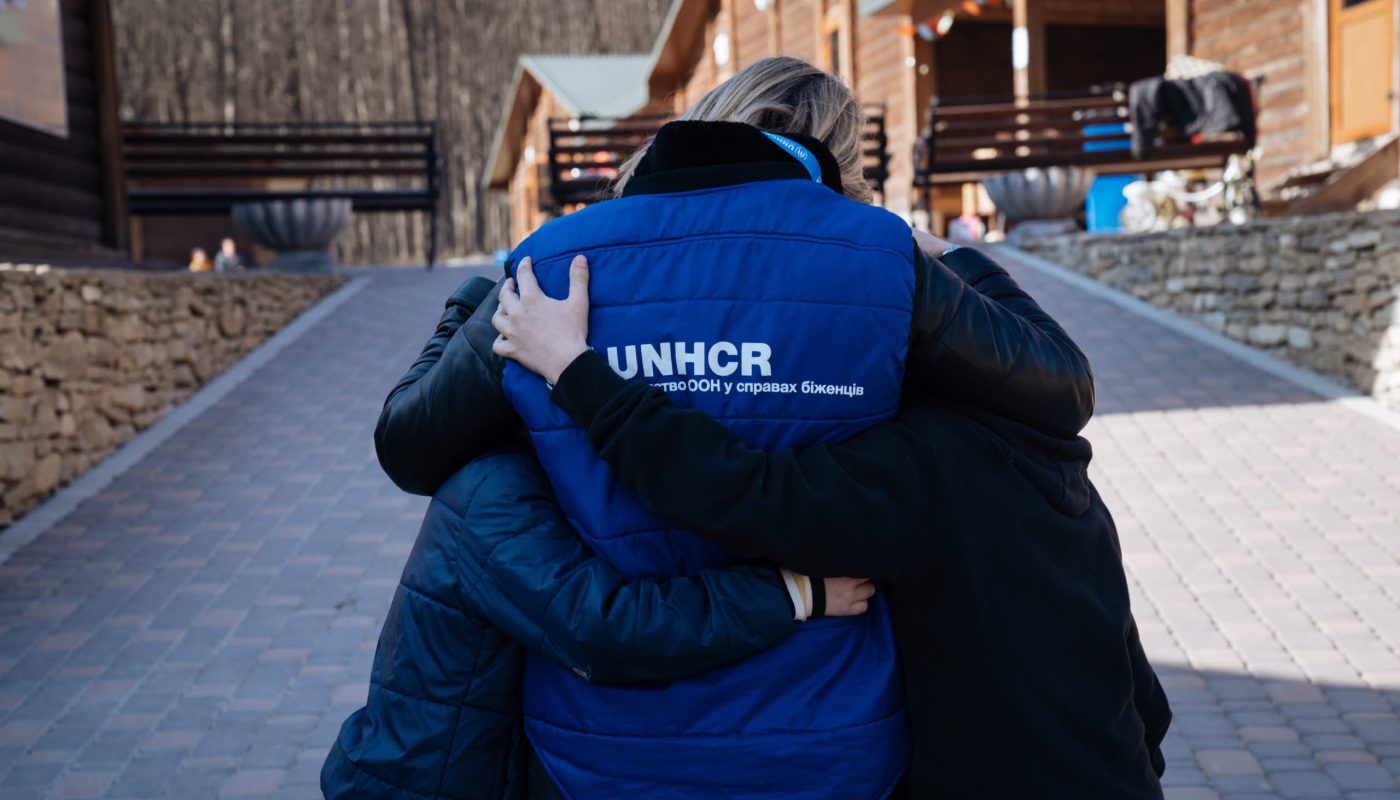
Help
When people are forced to flee they often leave everything behind – their homes, their belongings and sometimes even their loved ones. They embark on dangerous journeys with no guarantee of safety at the end in order to find a safe place to live.
When a new emergency arises, USA for UNHCR is on the ground saving lives and ensuring people’s first needs are met. We do this by providing food, clean water, shelter, medical care, and, most importantly, protection of their rights and dignity.
I know of no human being who can say their fortune in life has had nothing to do with meaningful interaction and kindness of others.
Susanne H. – Tempe, AZ

Horn of Africa
Samira Abdi, a 28-year-old Somali refugee, is waiting at a nutrition center in the Melkadida refugee camp in Ethiopia’s eastern Somali region with her children. A month earlier, all five of her children were diagnosed with malnutrition and were immediately put on a treatment regime that involves being given a high-nutrient supplement and treating related infections.
Consecutive failed rainy seasons across the Horn of Africa have created a devastating drought that has affected millions of people in the region. Refugees, internally displaced people and host community members are receiving food aid and treatment at the UNHCR-supported food distribution center in Melkadida, Ethiopia.
Vulnerable families such as Samira’s are being supported by UNHCR, but they need all the help they can get. “All I think about is how I’m going to feed them,” she said. “Last night, they did not eat. This morning, I gave them some porridge. I have nothing more to give them.”
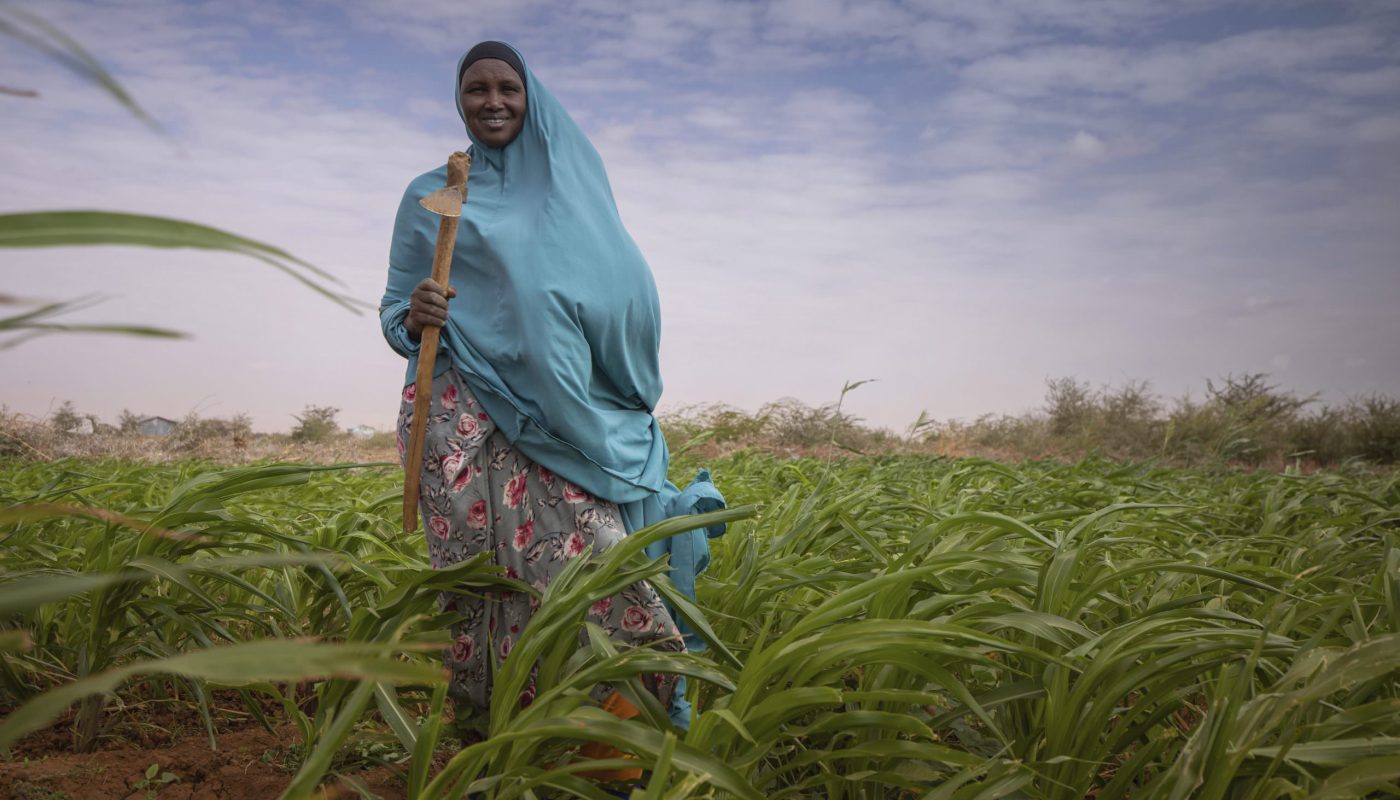
Hope
A refugee’s journey does not end when they reach a place of safety. Once people get the emergency care and shelter they need, they often need to wait in limbo for a long time — sometimes 20 years — while they find a new home. Life doesn’t stop in that interim: children need education, families need income and dreams need to be restored. USA for UNHCR is always searching for ways to power hope and restore some semblance of normalcy.

Ukraine
Oksana, a 51-year-old nurse, spent years building her now destroyed house from scratch so her children Svitlana and Oleksandr would have a safe and warm place to call home. “We never had much money to start and to finish the build in one go,” she says. But piece by piece, their dream home was completed.
Everything changed when the war in Ukraine began and her quiet rural village of Nalyvaikivka was struck by shelling. Overnight, Oksana’s dreams were shattered as her home was reduced to rubble. Despite all that has happened, the family has not given up. They have already started to rebuild their beloved home, brick-by-brick with support from UNHCR.
“It was built with love and attention to every little detail,” Oksana explains. “This house was like another child for us, we invested so much care and love into it. All my life is invested in this house.”
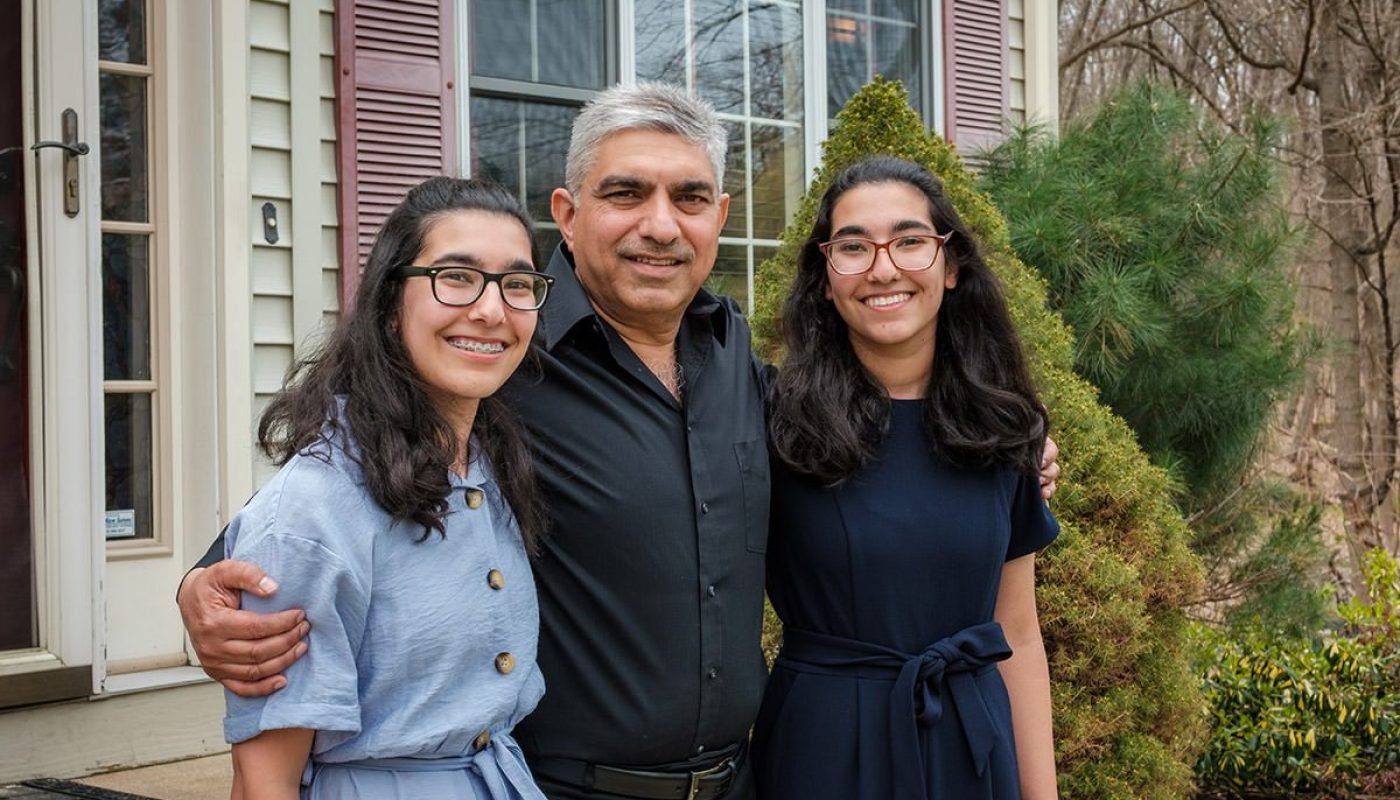
Home
Every person forced to flee wants to find a safe place to call home, where they can build a future for themselves and their families. Once refugees are resettled into a new country or return to their homes, they still have a long way to go before they can feel safe.
Refugee Voices in Your Community is a collection of stories produced by USA for UNHCR that highlights the incredible journeys refugees are forced to take to find safety. Refugees are our neighbors, our friends and their voices matter and deserve to be heard. Meet inspiring refugees in your community.
Any person who is harmed by war or who must leave their home for other survival reasons is my sister and my brother. A family strives to help and encourage one another.
Adrian K. – San Francisco, CA
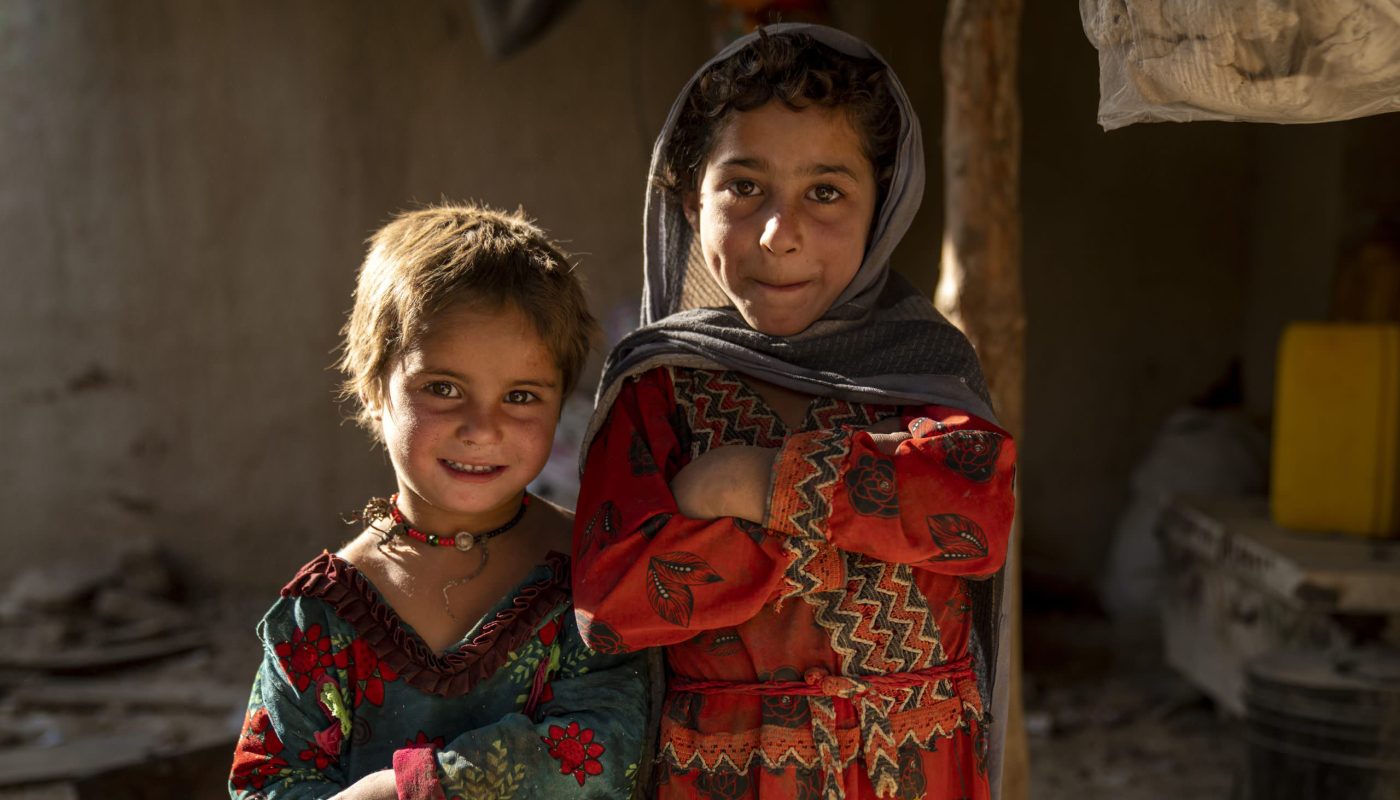
Afghanistan
In June 2022, Afghanistan was struck by the worst earthquake in twenty years. The devastation was made worse by the fact that people were sleeping in mud houses in one of Afghanistan’s most remote regions. The two children pictured above in Warah village in the Barmal District of Paktika Province are among the survivors of the devastating earthquake.
UNHCR provided 1,300 earthquake-resilient houses for families in 15 of the worst-affected villages across Paktika and Khost provinces. Although many houses were destroyed by the earthquake, the newly built homes have extra thick walls and come equipped with winter-ready stoves, solar panels and toilets.
“When we first came here in June there was a lot of devastation. We are encouraged to see the community has remained resilient amid the devastation and there has been so much progress,” said UNHCR Representative Leonard Zulu at the inaugural ceremony. “The whole world felt the pain of this village, the world gave you immediate lifesaving support.”
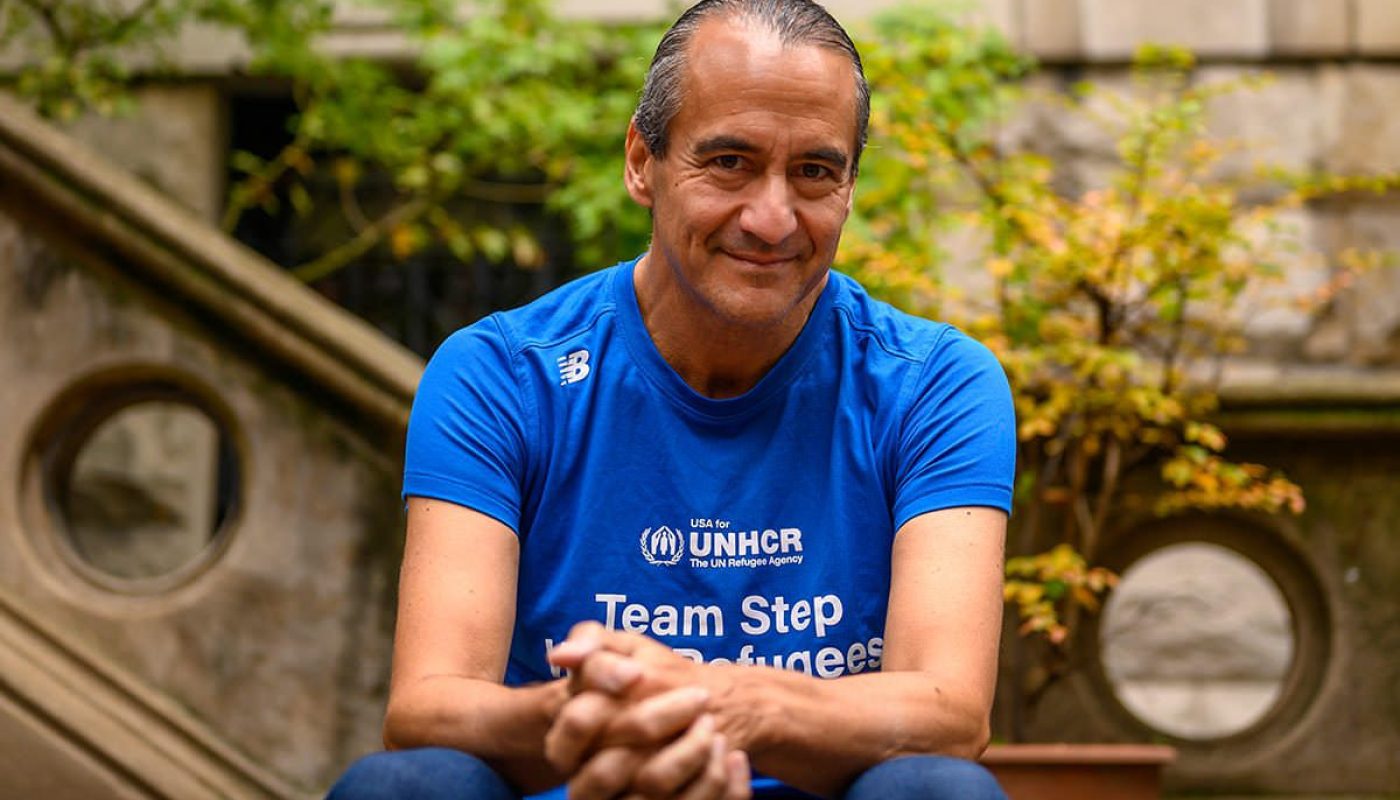
Our Donors
For the last decade, Eric Hoffert has been combining his passion for fitness and athletics with a drive to do good for others. He’s completed triathlons, half marathons and century rides to raise awareness and funds for issues such as multiple sclerosis, human trafficking, youth education and homelessness. Although already a longtime supporter of refugees, when Ukraine was invaded in February 2022, Eric was deeply moved and compelled to act.
“The refugee issue is really important to me… I have a strong personal connection, my great-grandfather Benny and his wife Sylvia, were refugees from Ukraine,” Eric shared. Motivated by his personal connection to the crisis, Eric started training and fundraising for the New York City Half Marathon. His community of family, friends and colleagues responded and in little more than two weeks, Eric raised nearly $8,000 from 74 donors.
“I think it’s really important that we provide opportunities for refugees to have safe places to go wherever they might be or whatever the conflict is. I can’t stress enough how significant I think this is.”
2022 Financial Report
(as of December 31, 2022)The following is a summary of financial information of the U.S. Association for UNHCR for the year 2022. USA for UNHCR is classified as a tax-exempt organization under section 501(c)(3) of the Internal Revenue Service Code and is qualified for charitable contribution deductions.
All donations to USA for UNHCR are tax deductible to the fullest extent allowed by law. USA for UNHCR Federal Tax Identification Number is 52-1662800.
| Revenue | 2022 | 2021 |
|---|---|---|
| Grants and Contributions | $170,277,378 | $52,887,382 |
Corporation and Foundation Grants |
$77,242,853 | $7,224,073 |
| Interest and Investment Income | $3,695 | $7,386 |
| In-Kind Contributions | $54,564,937 | $70,339,929 |
| Contributions from UNHCR | $9,177,400 | $10,040,957 |
| Total Revenue | $234,023,410 | $133,275,654 |
| Expenses | ||
|---|---|---|
| Program Services | $196,672,023 | $115,063,341 |
| Supporting Services | ||
Management and General |
$6,025,674 | $3,477,316 |
Fundraising |
$23,604,168 | $20,786,733 |
Total Supporting Services |
$29,629,842 | $24,264,049 |
| Total Expenses | $226,301,865 | $139,327,390 |
| Other - Debt Forgiveness | $1,082,100 |
| Changes in Net Assets | $7,721,545 | -$4,969,363 |
|---|---|---|
| Net Assets at Beginning of Year | $11,933,827 | $16,903,463 |
| Net Assets at End of Year | $19,655,372 | $11,933,827 |
The complete financial statements for 2022 are available on the USA for UNHCR website. The firm of Gelman, Rosenberg & Freedman is USA for UNHCR’s auditor.
Our Board
USA for UNHCR is governed by an engaging and cohesive Board of Directors who share a commitment to the goals and objectives of the United Nations High Commissioner for Refugees (UNHCR). With an extensive knowledge base and various expertise, our Board provides advice on policy, advocacy, fundraising and programming.
-
Mark Wallace, Chair
-
Kelly Blevins, Vice Chair
-
William Ball, Secretary
-
Yasmin Causer, Treasurer
-
Biar Kuek, Board Member
-
Latrise Brissett, Board Member *
-
Aishah Hasnie, Board Member
-
Rachael Jarosh, Board Member
-
Laura Lane, Board Member *
-
Mark Lopes, Board Member
-
Matthew Marolda, Board Member
-
Jane Meseck, Board Member
-
Eric Sprunk, Board Member
-
Virginia Tenpenny, Board Member
-
Beth Turner, Board Member
-
Dr. Liberty Vittert, Board Member
-
Charity Wallace, Board Member
* term finished December 31, 2022
The worst of humanity can always be cured by the best of humanity. This is the best of humanity in action.
Garrett M. – San Rosa, CA

